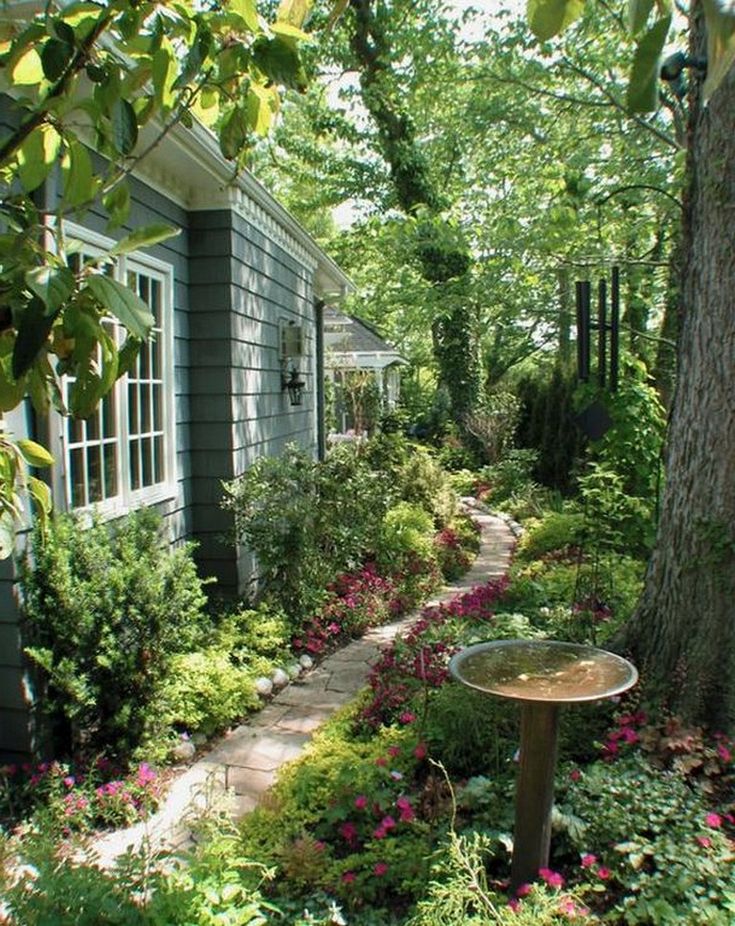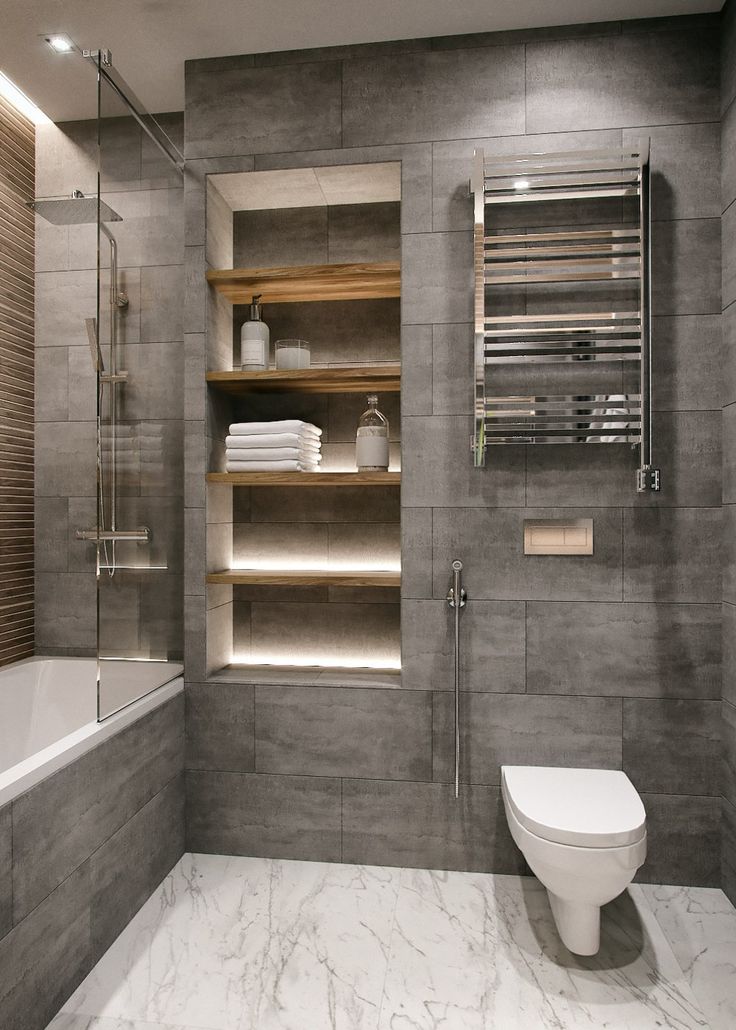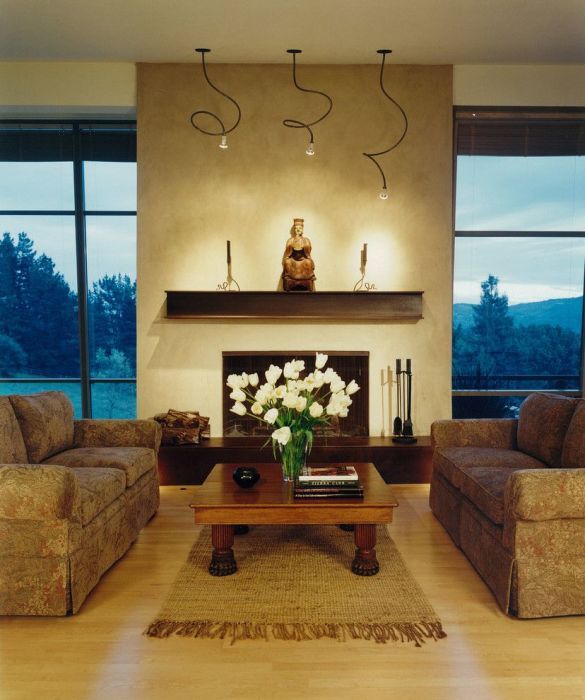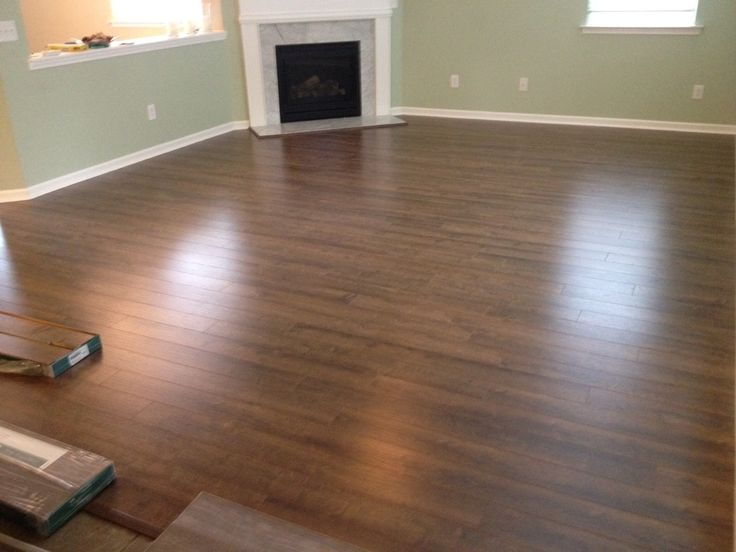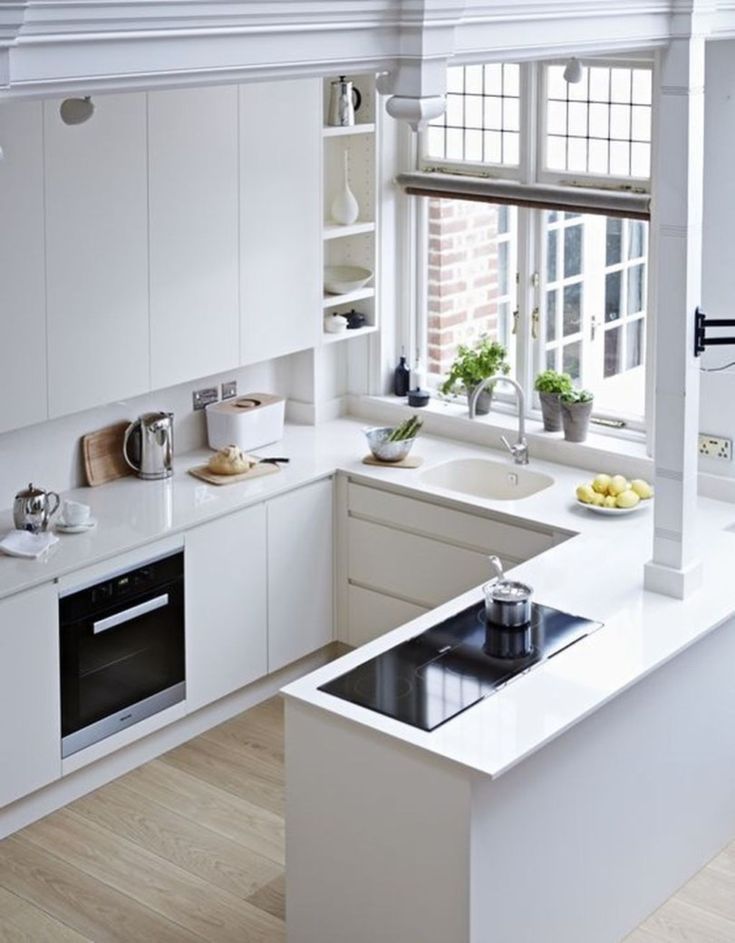Best stately homes in england
magnificent manor houses & mansions
We’ve toured the British Isles to bring you 25 of Britain’s best stately homes, from the World Heritage Site of Blenheim Palace to the ‘real’ Downton Abbey, Highclere Castle…
The number of heritage buildings still standing proudly across our land never fails to amaze us. Most of Britain’s best stately homes have hosted kings and queens, prime ministers, actors and poets – all manner of illustrious guests.
Here are some of Britain’s best stately homes, from examples of architectural brilliance to places that hide unbelievable stories. So read on, enjoy, and start planning your next trip.
1. Blenheim Palace, Oxfordshire
When listing Britain’s best stately homes, we simply had to mention Blenheim, the sprawling Oxfordshire estate that was built for John Churchill, 1st Duke of Marlborough. The palace was built on land gifted to Churchill by Queen Anne. Anne also awarded him £240,000 for his victory over the French in the War of the Spanish Succession.
It was at Blenheim almost two centuries later that one of the duke’s descendants, Sir Winston Churchill, was born. The future prime minister even chose to propose to Clementine Hozier here, by the Temple of Diana, in 1908.
The house – the only non-royal or non-episcopal country house in England to be called a palace – is a masterpiece of English Baroque architecture. Designed by Sir John Vanbrugh and Nicholas Hawksmoor, it includes many beautiful features, such as the painted ceiling in the Saloon.
However, Blenheim’s 2,000 acres of gardens – one of the most exquisite works of 18th-century landscape architect Lancelot ‘Capability’ Brown – are what really make it special. It’s small wonder UNESCO declared it a World Heritage Site in 1987.
2. Highclere Castle, West Berkshire
With the second Downton Abbey film recently gracing our screens, surely it’s time to revisit the glorious Berkshire ancestral home that has formed the backdrop to so many scenes of the Crawley family and their household.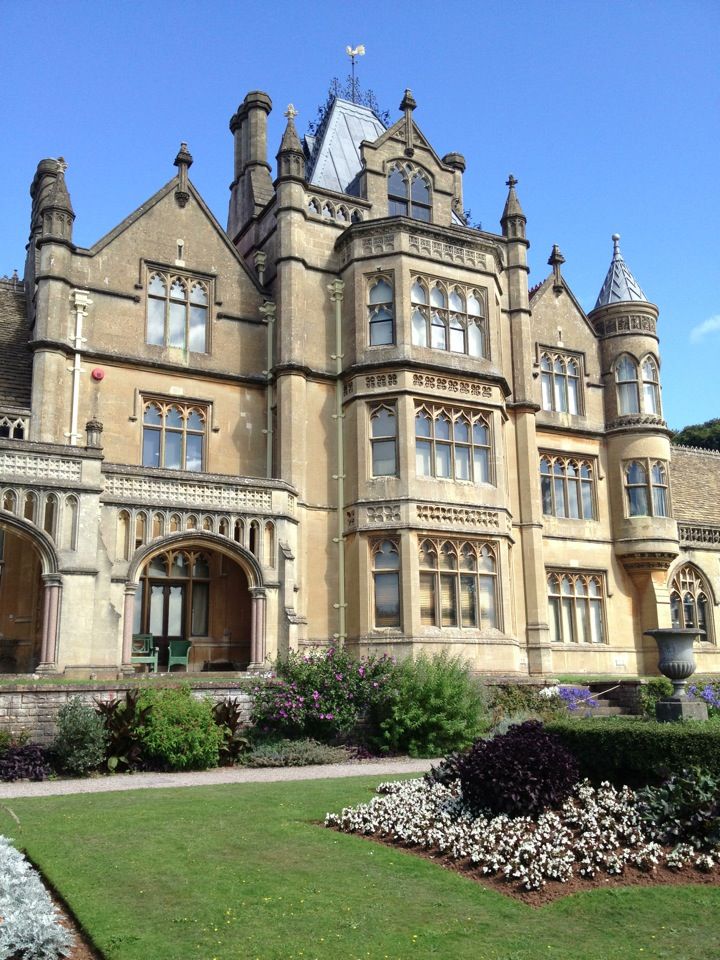
Certainly one of Britain’s best stately homes, The ‘real’ Downton Abbey, Highclere Castle, is the family seat of the Earls of Carnarvon. It was the current countess, Lady Carnarvon, a close friend of Downton Abbey writer Julian Fellowes, who saw the value in opening the house up to the period drama that has revived the estate’s fortunes.
Although Highclere has been in the hands of the Carnarvon family since 1679, (and its gardens were also designed by Capability Brown), the current house was remodelled in the Jacobean style in 1838 for the 3rd Earl of Carnarvon by Sir Charles Barry, the man who famously rebuilt the Palace of Westminster.
Highclere Castle became the focus of a media circus in 1922 when the 5th Earl discovered the Tomb of Tutankhamun. The earl died shortly after the discovery, leading to the story of the ‘Curse of Tutankhamun’. However the earl’s death could be explained by blood poisoning from an infected mosquito bite.
3. Chatsworth, Derbyshire
Few English estates draw such delight as this one in the heart of the Peak District.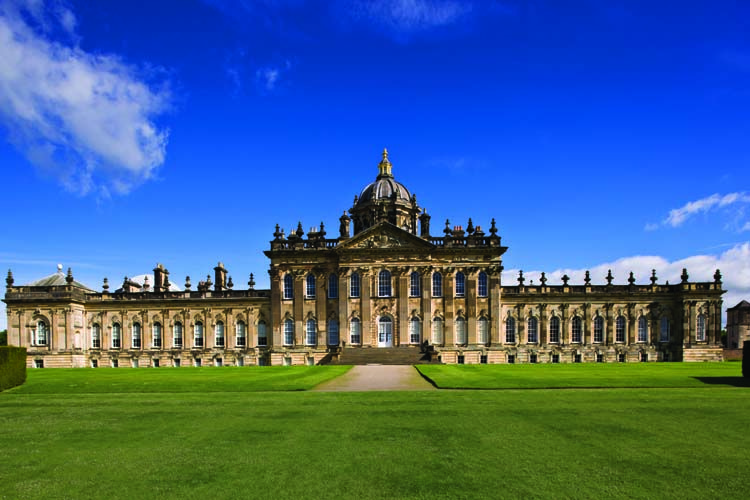 Chatsworth is known to many as Pemberley in the 2005 film adaptation of Pride and Prejudice, starring Keira Knightley. Eagle-eyed viewers may also remember it from another Knightley film, The Duchess.
Chatsworth is known to many as Pemberley in the 2005 film adaptation of Pride and Prejudice, starring Keira Knightley. Eagle-eyed viewers may also remember it from another Knightley film, The Duchess.
Chatsworth has been the seat of the Dukes of Devonshire since 1549 and has passed through the hands of 16 generations of the Cavendish family.
The house is famed for its art collection, which spans four centuries, but its state apartments, overhauled to accommodate a visit from King William III and Queen Mary II that never actually happened, are extraordinary.
4. Hardwick Hall, Derbyshire
Hardwick Hall, more glass than wall. Credit: Eleanor Scriven/Robert Harding World Imagery/CorbisBess of Hardwick was one of the most influential figures in Elizabethan times – she was second in wealth only to Queen Elizabeth I – and Hardwick Hall was one of her homes.
It is a magnificent example of a prodigy house – showy properties built to house the queen on her annual progresses.
The plentiful windows – an extravagance as glass was expensive – led to the rhyme, ‘Hardwick Hall, more glass than wall.’
5. Wentworth Woodhouse, South Yorkshire
The East Front of Wentworth Woodhouse, the longest country house frontage in England. Credit: Leo RosserAlamyThe largest private residence in Europe, Wentworth is twice the width of Buckingham Palace. This 18th-century mansion has recently been bought and will undergo £40m of restoration work over the next 20 years.
It was once the home of Charles I’s ill-fated administrator, Thomas Wentworth, 1st Earl of Strafford. Wentworth was tried and beheaded for treason in 1641. The house also hosted a visit by King George V and Queen Mary in 1912.
6. Lacock Abbey, Wiltshire
The Cloisters at Lacock Abbey, Wiltshire. Credit: National Trust Images/Mark BoltonThis quirky country house, near the historic town of Lacock, was built on a former nunnery and represented the ‘real’ Wolf Hall, the family seat of the Seymours, in the recent TV adaptation of Hilary Mantel’s novels.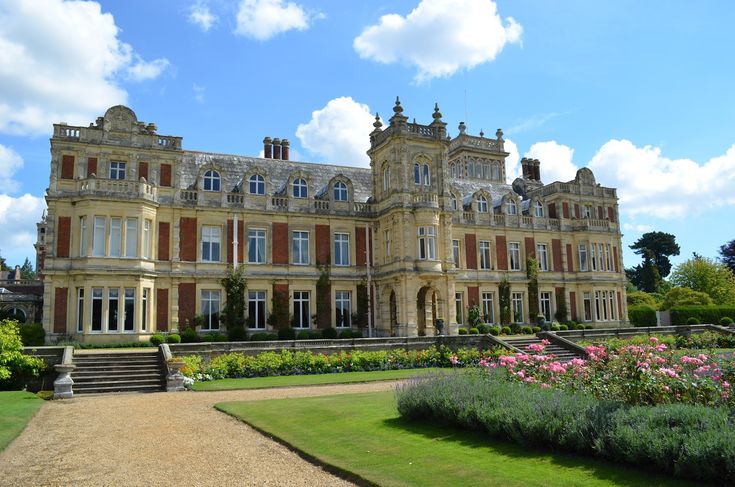
Scenes depicting King Henry VIII’s bedroom and his lodgings at Calais were also filmed here. In real life, Henry sold Lacock to one of his courtiers, Sir William Sharington, following the Dissolution of the Monasteries. It is now in the care of the National Trust.
7. Stonor, Oxfordshire
Edmund Campion printed his famous Decem Rationes at StonorAlthough it is one of our oldest manor houses, Stonor is also one of our lesser-known stately homes, despite the fact that one of the most significant religious events in British history took place here.
In 1581 Edmund Campion hid in the roof space while he printed 400 copies of his famous treatise, Decem Rationes, arguing for Catholicism. However, he was soon caught and tortured before being hung, drawn and quartered.
The house is open at select times from April to September and holds a rare copy of the Decem Rationes.
8. Castle Howard, North Yorkshire
It took over 100 years to build Yorkshire’s castle HowardSo ambitious was the vision for Castle Howard, the private residence of the Howard family for more than 300 years, that the Baroque building took over 100 years to complete. The result was astounding, though, with two symmetrical wings and a central dome.
The result was astounding, though, with two symmetrical wings and a central dome.
Although much of Castle Howard was devastated by fire in the 1940s, over the years many rooms have been restored. However, when the house was used as the backdrop for the film version of Evelyn Waugh’s Brideshead Revisited in 2008, parts were superficially restored and the East Wing remains a shell.
9. Crag Hall, Derbyshire
You can hire out the whole of Crag HallUntil recently this sandstone Georgian country house with views over Peak District National Park was the private shooting lodge and holiday home of the Earl and Countess of Derby, but now you can hire it for your own gathering.
Located amid historic royal hunting ground, this 12-bedroomed property can accommodate up to 21 guests. A perfect set-up for living out your Downton Abbey fantasies.
10. Kenwood House, London
The newly restored library at Kenwood House. Credit: English Heritage/Patricia PayneHidden in London’s Hampstead Heath, Kenwood House is a Robert Adam’s house, remodelled by the architect in 1764 to include a new entrance, attic-storey bedrooms and one of his most famous interiors – the Great Library, which was restored to its original colours during a major restoration project in 2013.
The grounds are home to ancient woodland and landscaped gardens, probably designed by Humphry Repton, and feature sculptures from the likes of Barbara Hepworth and Henry Moore.
11. Lyme Park, Cheshire
The Dining Room at Lyme Park. Credit: National Trust Images/Andreas von EinsiedelBest known for its starring role as Mr Darcy’s Pemberley in the 1995 BBC adaptation of Jane Austen’s Pride and Prejudice (yes, that scene when Colin Firth emerges from the lake), Lyme Park is a fine example of an Italianate palace.
Outside, the 1,300 acres are home to a medieval herd of red and fallow deer, while inside you’ll find an incredible collection of English clocks and the famous Mortlake tapestries. The Edwardian era was when Lyme Park was in its heyday and the house is a time capsule of that period.
12. Buscot Park, Oxfordshire
Buscot Park is home to the impressive paintings of the Farringdon Collection. Credit: The National Trust Photolibrary/AlamyThis stately home was built in the Renaissance Revival style of architecture between 1779 and 1783 for Edward Loveden Townsend.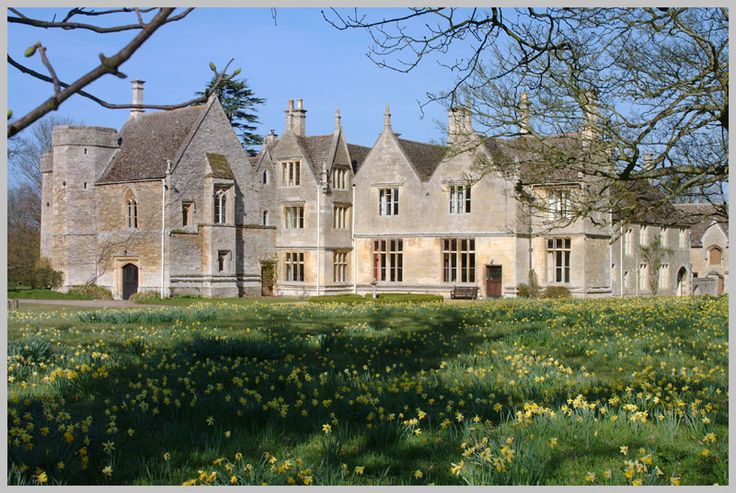 Buscot also houses the Farringdon Collection, with paintings by Rembrandt, Reynolds, Rubens and Van Dyck.
Buscot also houses the Farringdon Collection, with paintings by Rembrandt, Reynolds, Rubens and Van Dyck.
13. Great Chalfield Manor and Garden, Wiltshire
15th-century Great Chalfield Manor, Wiltshire. Credit: National Trust Images/Andrew ButlerThe stand-in for Thomas Cromwell’s home of Austin Friars in TV’s Wolf Hall, Great Chalfield is as pretty an English country house as you can imagine.
The 15th-century moated manor house is set in tranquil countryside and features a gatehouse and stunning oriel windows, all of which withstood a siege by Royalists during the English Civil War. The private residence offers guided tours, or you can book into one of Chalfield Manor’s reasonably priced gorgeous four-poster bedrooms for the night.
14. Burghley House, Lincolnshire
Burghley is one of England’s great Elizabethan houses. Credit: Andreas von Einsiedel/AlamyDescribed as ‘England’s greatest Elizabethan house’, Burghley was built and designed by William Cecil, Lord High Treasurer to Queen Elizabeth I, between 1555 and 1587. Its grounds includes 2,000 acres of Capability Brown gardens, (which were added later), and a deer park.
Its grounds includes 2,000 acres of Capability Brown gardens, (which were added later), and a deer park.
The interior is lavish and features sumptuous fabrics and carvings by Grinling Gibbons. In the Pagoda Room are portraits of Queen Elizabeth I, King Henry VIII, Oliver Cromwell and members of the Cecil family.
Some say that beneath its foundations lie the remains of the medieval settlement of Burghley, mentioned in the Domesday Book, which so far has evaded archaeologists.
15. Mount Stuart, Isle of Bute
Mount Stuart is a house of many firsts. Credit: MST and Keith HunterIt may come as a surprise that the first house in Britain to have an indoor heated swimming pool is hidden on the tiny Isle of Bute in the Firth of Clyde in Scotland, but then Mount Stuart is no ordinary place. It was also probably the first property in Scotland to have electric lighting, central heating and a passenger lift – a horse-drawn railway was needed to build the house.
The Gothic Revival building, which replaced an earlier Georgian property, is a feat of Victorian engineering.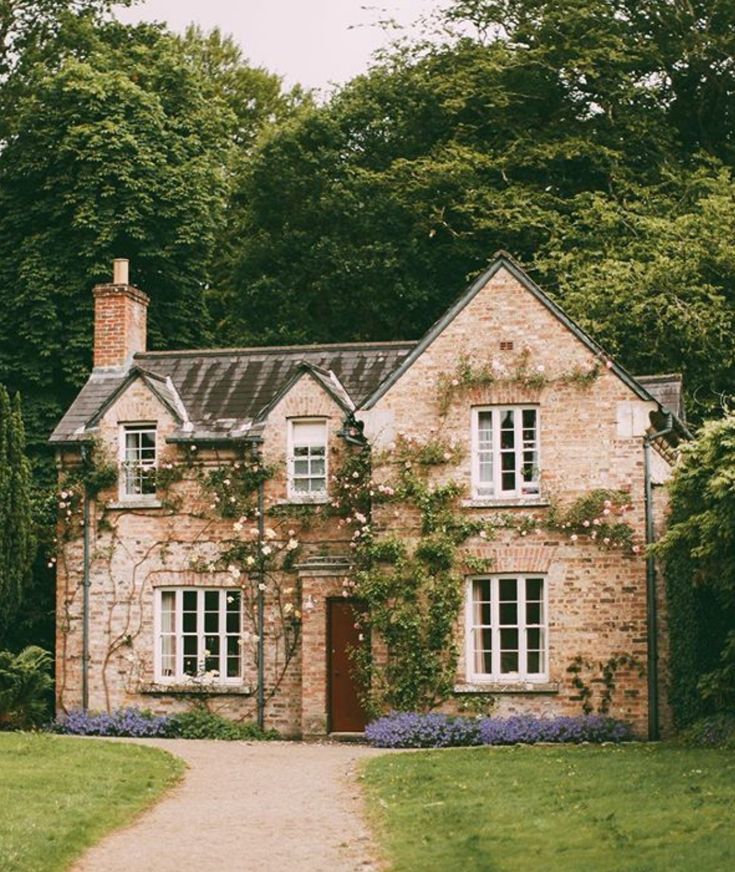 It was created for John Crichton-Stuart, 3rd Marquess of Bute – the richest man in Britain in the late 19th century.
It was created for John Crichton-Stuart, 3rd Marquess of Bute – the richest man in Britain in the late 19th century.
16. Woburn Abbey, Bedfordshire
A Stag at Woburn Abbey Safari Park. Credit: VisitEngland/Woburn Safari ParkWoburn has been in the Russell family since King Edward VI gifted it to John Russell in 1547. In 1550 John was made the first Earl of Bedford.
It’s been the family seat since the 1620s and it was turned into the English Palladian home in the 1800s. The estate first opened to the public in 1955 and its impressive art collection includes the largest private collection of Venetian views painted by Canaletto on public view and the Armada Portrait of Queen Elizabeth I.
17. Longleat House, Wiltshire
Longleat is set amid 900 acres of Capability Brown landscaped parkland. Credit: VisitBritain/Britain on ViewCompleted in 1580, Longleat is another of our great Elizabethan houses and one of Britain’s best stately homes. Set in 900 acres of Capability Brown parkland, it also has one of the largest book collections in Europe.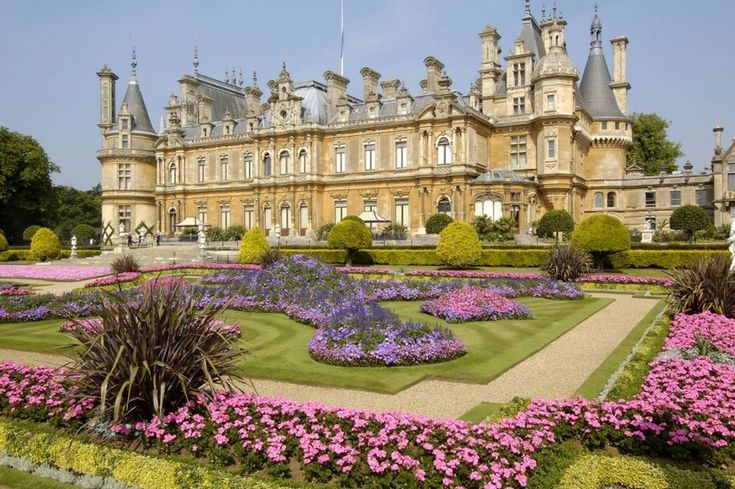 Look out for the bloodstained waistcoat of King Charles in the Great Hall – he reportedly wore it at his execution.
Look out for the bloodstained waistcoat of King Charles in the Great Hall – he reportedly wore it at his execution.
Now home to the 7th Marquess of Bath and run by his son, Viscount Weymouth, Longleat has come a long way from the property bought by MP John Thynne in 1540 for £53.
18. Llancaiach Fawr Manor, South Wales
Llancaiach Fawr Manor House was once visited by King Charles I. Credit: Keith Beeson/AlamyBuilt circa 1550 for Dafydd ap Richard, this house is a great example of a semi-fortified manor house. It’s laid out much as it would have been in 1645 when King Charles I visited. Charles must have angered the owner, Colonel Edward Prichard, as he switched allegiances to the Roundheads.
19. Luton Hoo, Bedfordshire
Luton Hoo is now a lavish hotelA house has stood at Luton Hoo since at least 1601 when Sir Robert Napier, 1st Baronet, purchased the estate. The house we see today dates from the late 18th century. At the time it was the seat of the 3rd Earl of Bute, then prime minister to King George III.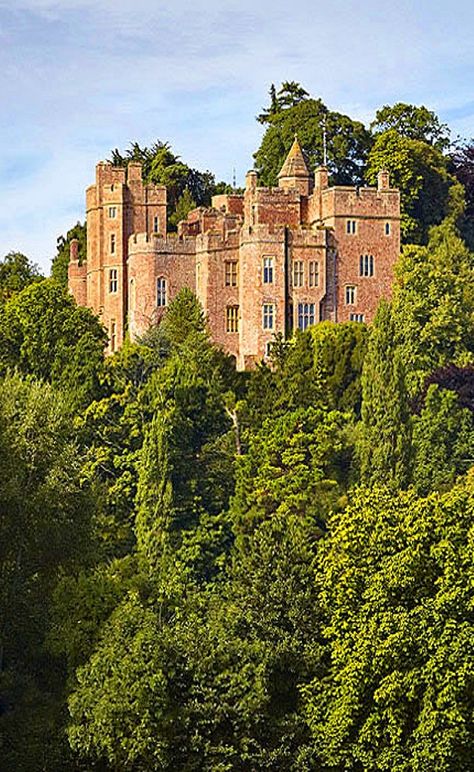 Like many of Britain’s best stately homes, it too has Capability Brown designed gardens.
Like many of Britain’s best stately homes, it too has Capability Brown designed gardens.
Guests at Luton Hoo hotel can enjoy the Edwardian Belle Epoque interiors introduced by the people behind the Ritz. One highlight is the Wernher Restaurant, named after the owner who ordered the works. Over the years the estate has fulfilled many roles, including testing tanks during the Second World War.
Today it’s a fantastic place to get a taste of the English country life. Take afternoon tea or have a go at archery, much as past guests of its distinguished owners would have done.
20. Hatfield House, Hertfordshire
Hatfield House is easily accessible from LondonWithin easy reach of London, this Jacobean-style property was built for Robert Cecil, 1st Earl of Salisbury, on the site of Hatfield Palace. Cecil had exchanged Hatfield with King James I for the nearby Cecil family home of Theobalds.
Like the king, Robert Cecil wasn’t keen on the rather old-fashioned Hatfield Palace, which had been owned by King Henry VIII, and so he rebuilt it as Hatfield House.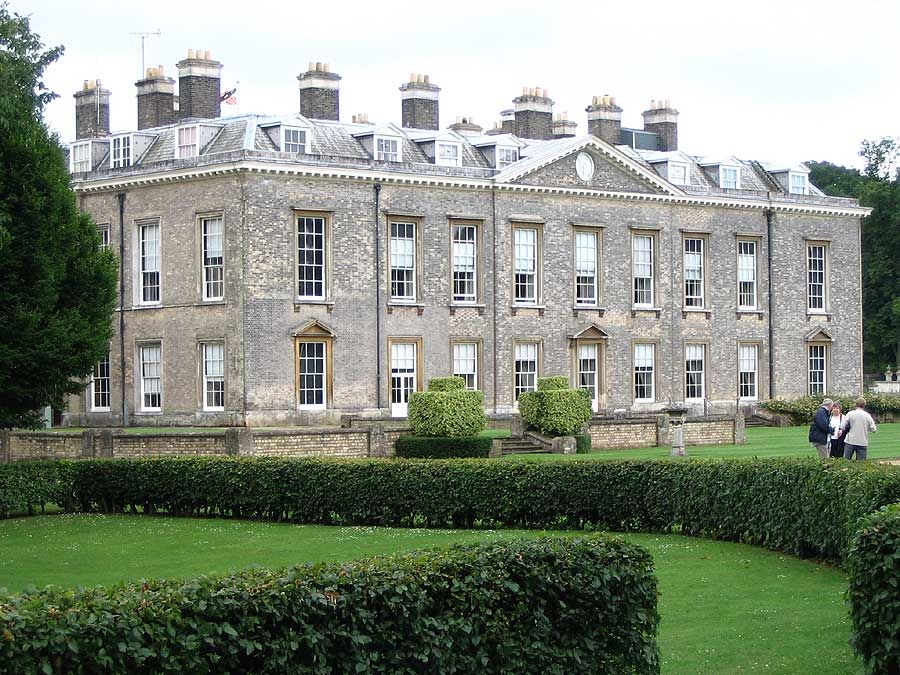
It was here that Henry VIII’s offspring, Mary, Elizabeth and Edward played as children. Elizabeth was even supposedly told of her ascension to the throne at Hatfield.
The Marble Hall takes its name from the chequered black and white flooring where guests would have danced at balls. Guests were overlooked by the Rainbow Portrait of Queen Elizabeth I – perhaps the most colourful portrait of the Tudor era. The inscription ‘Non sine sole iris’, meaning ‘no rainbow without the sun’, reminds viewers that only the queen’s wisdom can ensure peace and prosperity.
21. Norton Conyers, North Yorkshire
Did Norton Conyers provide inspiration for Jane Eyre’s woman in the attic?It is one of the most enduring images in English literature: the mad woman locked away in the attic. And it was at Norton Conyers that Charlotte Brontë is said to have taken inspiration for her novel, Jane Eyre.
Charlotte Brontë visited the medieval house in 1839, before she wrote her seminal novel.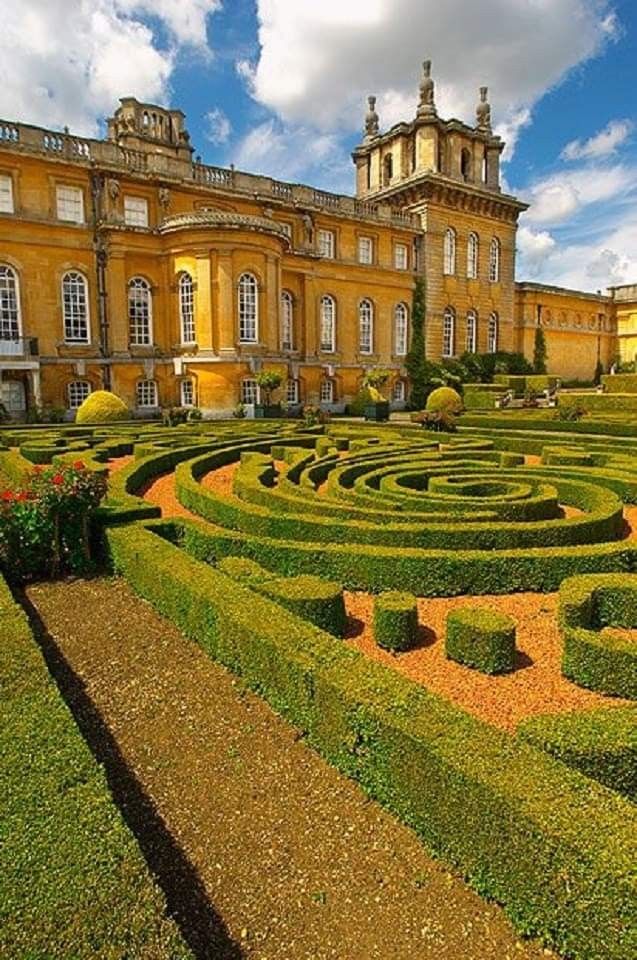 Could it be mere coincidence that Norton Conyers has its own legend of a woman hidden in an attic? The discovery of a blocked staircase in 2004, much like the one in the novel, seemed to confirm the theory. The house has recently been restored and reopened to the public on a few select days each year, and is most definitely one of Britain’s best stately homes.
Could it be mere coincidence that Norton Conyers has its own legend of a woman hidden in an attic? The discovery of a blocked staircase in 2004, much like the one in the novel, seemed to confirm the theory. The house has recently been restored and reopened to the public on a few select days each year, and is most definitely one of Britain’s best stately homes.
22. Blickling Hall, Norfolk
The South Drawing Room at Blickling Hall. Credit: National Trust Images/Nadia MackenzieWas this red brick mansion built on the site of the birthplace of Anne Boleyn? The house was built on the ruins of the former Boleyn home during the reign of King James I. Anne’s parents lived here from 1499 to 1505, so if Anne was indeed born in 1501 then it’s highly probable.
On the staircase of the Great Hall there are reliefs of Anne and her daughter, Queen Elizabeth I. Anne’s ghost is also said to appear carrying her severed head every year on the anniversary of her execution. The South Drawing Room, with its Jacobean-style chimneypiece and ceiling, is also highly impressive.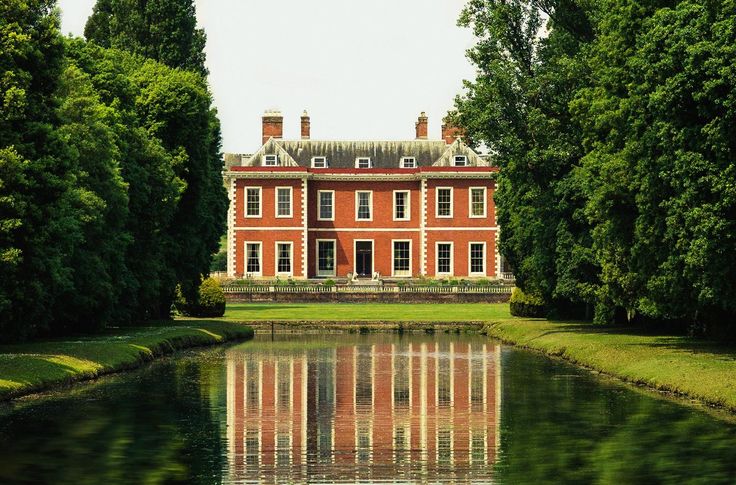
23. Montacute House, Somerset
Montacute House. Credit: National Trust Images/Stuart CoxThis late Elizabethan house was Greenwich Palace in TV’s Wolf Hall and is considered a masterpiece of Renaissance architecture. The house’s biggest draw by far is its Long Gallery, the longest of its kind in England. Montacute’s Long Gallery displays over 60 Tudor and Elizabethan portraits loaned to the house by the National Portrait Gallery.
24. Sudeley Castle, Gloucestershire
Sudeley Castle is the final resting place of Catherine Parr. Credit: VisitBritain/Britain on ViewThe final resting place of King Henry VIII’s last wife, Catherine Parr, this beautiful private castle is perhaps as well known for its colourful gardens as its restored Tudor buildings.
Situated in the heart of the Cotswolds, in an Area of Outstanding Natural Beauty, just a few miles from Broadway, Sudeley lay in ruin for almost 200 years following the English Civil War when Cromwell ordered its ‘slighting’, until an ambitious restoration project began in 1837.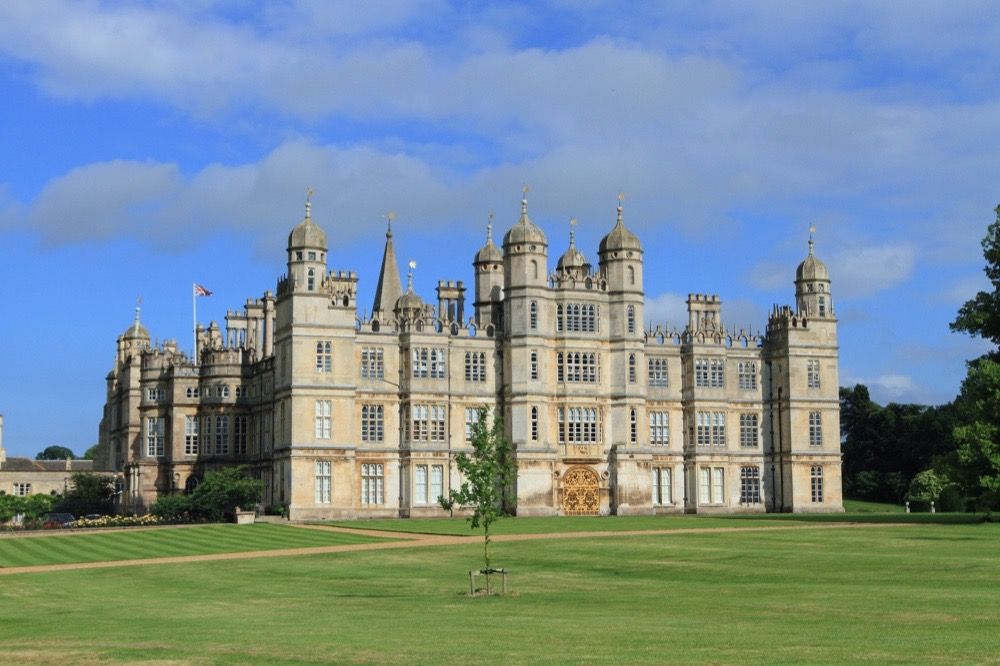
25. Somerleyton Hall, Suffolk
Somerleyton Hall is open to the public from April to SeptemberThis gorgeous Tudor palace opens to the public from April to September. It grounds feature one of Britain’s finest yew hedge mazes and a 70ft-long pergola, and it is deservedly on the list of Britain’s best stately homes.
Read more:
Romantic retreats in Britain
Warrior queens of England
British book settings you can visit
The Best Stately Homes in England You Can Visit
Jess and I both love visiting the stately homes in England. These imposing constructions were generally built to house the aristocratic families of the country, and tend to be rather grand affairs with formal rooms, impressive architecture and, depending on the whims of the owners, some form of landscaped garden.
These homes, which are generally in the country, can also be referred to as Country Houses or Country Homes, and they are where the gentry would retire to when not hanging out in the cities taking part in the social scene.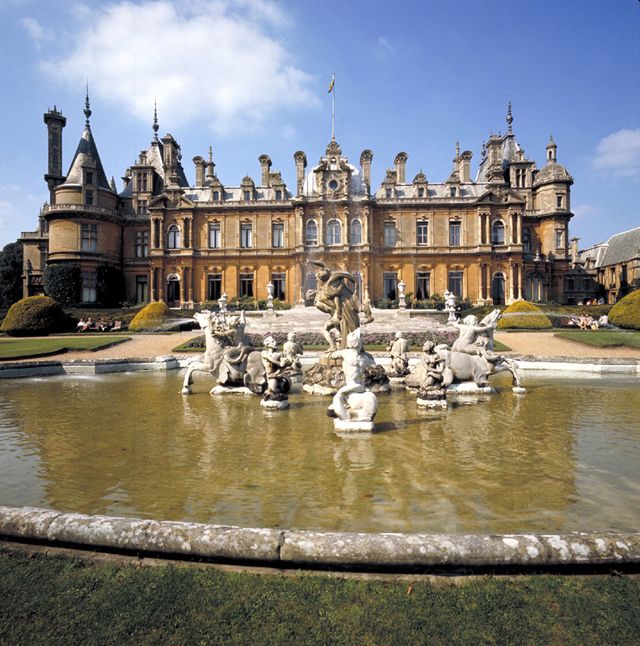 Clearly, a tough life, but someone had to do it.
Clearly, a tough life, but someone had to do it.
During the 20th century though, and for various reasons, many of Britain’s aristocratic families ended up short on funds and so weren’t able to keep these homes maintained. One of the ways around this was to open them up to the public (or sell them to a public body), which means that today a great many of England’s finest homes and palaces are open for touring.
Some of these are still privately owned, whilst others have been given to national organisations such as the National Trust and English Heritage for ongoing maintenance and upkeep.
In today’s post, I want to share with you ten of my favourite stately homes that you can visit in England. Note that this doesn’t include major Royal Palaces like Windsor or Hampton Court – that’s going to be a whole post of its own!
I’m also just sticking to England for this one. As you can imagine, there were hundreds to choose from across the country, but I feel that each of the ten options in this post is well deserving of its title as one of the:
Table of ContentsBest Stately Homes in England to Visit
1.
 Blenheim Palace
Blenheim PalaceBlenheim is the only property in Britain which carries the title “Palace”, but is not Royal. Instead, it’s the principal residence of the Dukes of Marlborough (the family still lives on site), and is both a UNESCO World Heritage Site, and one of the largest houses in England.
It’s also notable as being the birthplace of Sir Winston Churchill, and is the ancestral home of the Churchill family.
The house and grounds today are open to the public, and are a truly grand place to visit. You could easily spend a full day here, picnicking by the lake, enjoying the English Baroque architecture, touring the Winston Churchill exhibit (he also proposed to his wife on the grounds) as well as taking in the gloriously opulent state rooms and wandering the park and gardens which in their current form were designed by renowned landscape gardener Capability Brown.
It’s a good day trip from London, and could also be combined with a visit to nearby Oxford.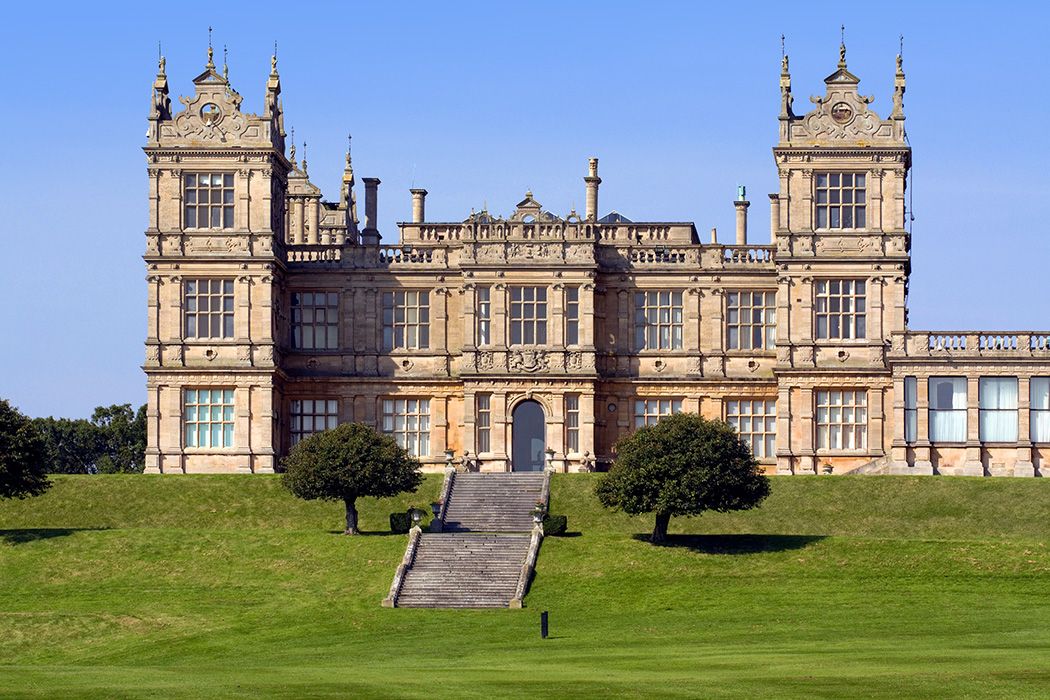 Read more about our experiences visiting Blenheim on a day trip from London here, and book your tickets in advance here to save the queue. You can also book a day trip from London which includes Blenheim here.
Read more about our experiences visiting Blenheim on a day trip from London here, and book your tickets in advance here to save the queue. You can also book a day trip from London which includes Blenheim here.
2. Chatsworth House
Nestled in the Derbyshire Dales, near England’s Peak district, Chatsworth House has topped lists of the UK’s favourite country house numerous times. And it’s not hard to see why – the impressive building, surrounded by 105 acres of garden and 1,000 acres of park land is truly wonderful to behold. No wonder that 300,000 people come here every year for the garden alone!
Of course, there’s more to Chatsworth House than the garden, although with the fountains, rockeries and cascade feature, you could be forgiven for spending a whole day just in the garden.
The house itself has been home to the Cavendish family, also known as the Dukes of Devonshire, since 1549, and has been added to and extended throughout the years. The family do still live here, and of the 126 rooms, only around 20 or so are open to the public.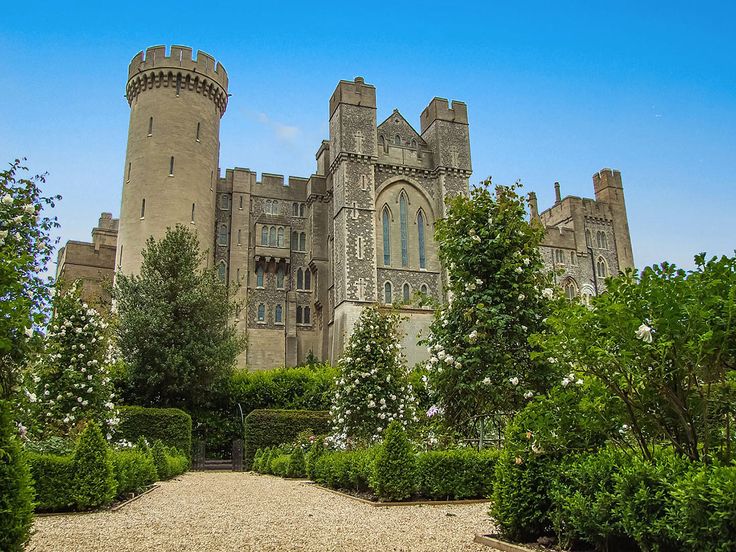 Still, they are large, impressive and richly decorated, so a tour is well worth the entry fee.
Still, they are large, impressive and richly decorated, so a tour is well worth the entry fee.
Another notable feature of Chatsworth are the excellent dining options, with three on-site restaurants as well as two cafe’s. One of these restaurants, the Flying Childers, specialises in afternoon tea, and naturally we had to try that out. Served on Wedgwood, the afternoon tea was a sumptuous affair, and one of the best we’ve had in the UK.
If you’re looking to take your country house visit to the next level, an afternoon tea is definitely a good way to do so! For ticketing and further information, see the official Chatsworth House website. Hint – if you book online, you get free parking. You can also visit as part of this 3 day tour from Manchester.
3. Highclere Castle
Fans of the TV series Downton Abbey will instantly recognise Highclere Castle because it stands in as the main house in the show. Whilst Downton Abbey itself is fictional, this is a striking building nonetheless, and well worth visiting, even if you’re not a fan of the show.
As it happens, Jess is a huge fan of the show, and so did the whole tour. I was quite impressed with the gardens and exterior of the property, so entertained myself wandering around and waiting for the clouds to clear and the people to move so I could get a nice photo.
In terms of the building and grounds, well, like all the properties so far, the gardens had Capability Brown’s involvement (he was a busy chap!), whilst the property itself dates from 1679. It’s the home of the Earl of Carnarvon (famous for the discovery of Tutankhamun’s tomb – there’s an Egyptian Exhibition to celebrate this), and is open through the summer, as well as on select dates throughout the year.
Whilst general admission tickets on the official website often sell out, we have been reliably informed that if you turn up at the property you are very unlikely to be turned away. Another option is to take a day tour from London like this one which includes transport and admission.
We have a full guide to visiting Highclere Castle to help you plan your trip.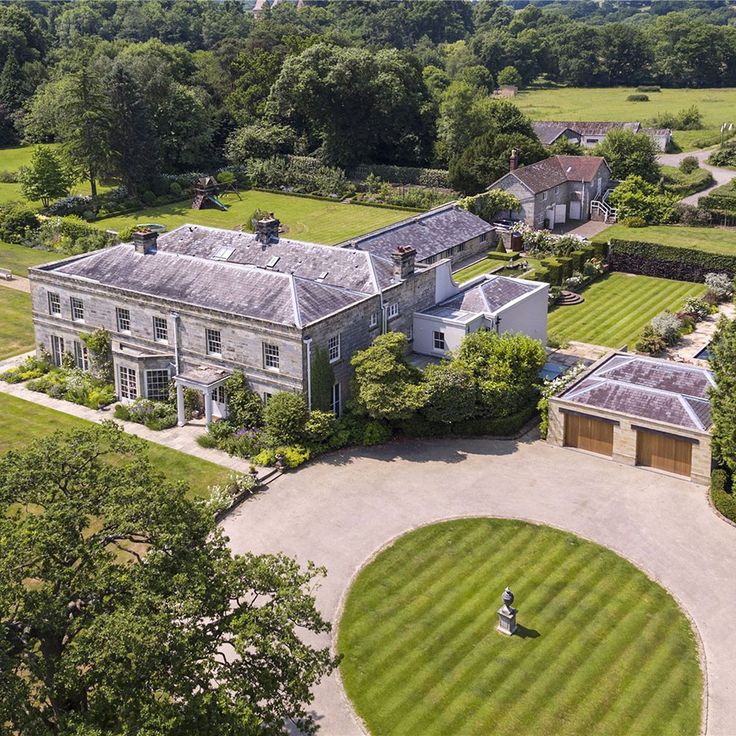
Don’t miss the café on site for delicious scones, or the Secret Garden. Highclere Castle is about an hour’s drive south of Oxford, or a couple of hours from London – you could visit as a day trip from either, and also include Stonehenge, if you were so inclined. Check out my UK Itinerary post for more ideas on trips around the UK.
4. Wentworth Woodhouse
If my list of stately homes was a family tree, Wentworth Woodhouse would probably be the crazy uncle that no-one talks about. It’s a property of mindboggling proportions, unbelievable in so many ways, and yet most people have never heard of it.
It’s also a bit of an odd one to include, largely because at the time of writing this post, I don’t know for how long it is going to be open to the public for. My advice to you is, if you can get to it, and it is open, to visit as soon as you can. Whilst the property is currently owned by a Trust, with government money being allocated for restoration, there always appears to be the risk that it might return to private ownership and be closed to the public.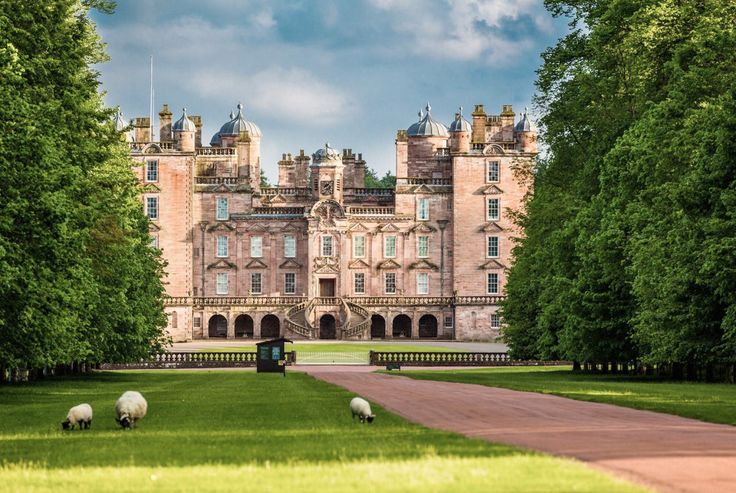
If that happens, it would definitely be a tragedy, because this property is, as I mentioned, just bonkers. Some quick facts to blow your mind:
Wentworth Woodhouse is the largest private home in Europe. It has over 300 rooms (no-one actually knows how many), 23,000 square meters of floor space and the property alone has a footprint of 2.5 acres. It’s so big that some guests left breadcrumb trails to get back to their rooms after dining as otherwise the chances of getting to bed were slim. Oh, it also has the longest country house façade of any house in Europe (606 feet long), and is so big that the front and the back look like two completely different properties.
So why has no-one really heard of this place?
Well, unfortunately, the house, and in particular the original gardens, have suffered their share of troubles over the years. The property sat on a huge coal seam, and just after the second world war, the UK government turned the grounds into the UK’s largest open cast mine site, causing huge devastation to the formal gardens, as well as potentially resulting in subsidence issues under the property itself.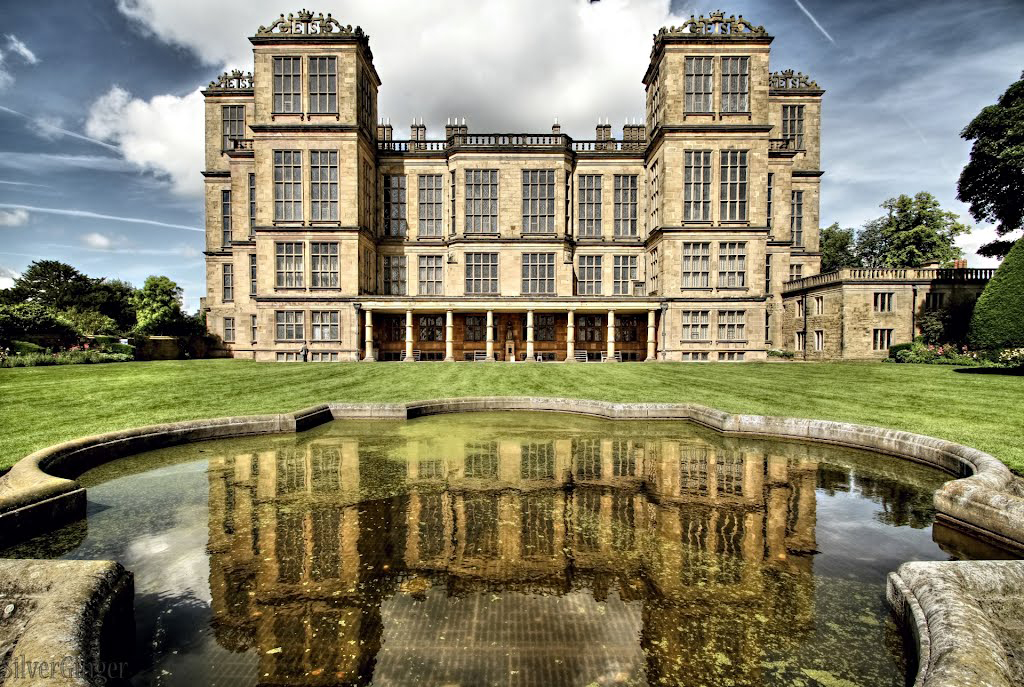
Over its lifetime, large portions of the property have been unoccupied, and as such, a lot of restoration work is required. This might be a slight understatement. The rooms are empty for the most part, and a tour is certainly a different experience to many of the other properties on this list. Still, I absolutely urge you to visit if you can, the vast scale of the property is just incredible to behold, and the people who work here are deeply passionate about Wentworth.
If you’re interested in learning more about the history of the family and house, Jess recommends the book “Black Diamonds”, which charts the rise and fall of the Fitzwilliam family, previous owners of the house. Jess has also written a very comprehensive post all about visiting Wentworth Woodhouse, which you should definitely check out. Then, book your tour on the official website and get yourself along to this stunning property.
5. Chartwell House
Another property makes the list with a link to Winston Churchill.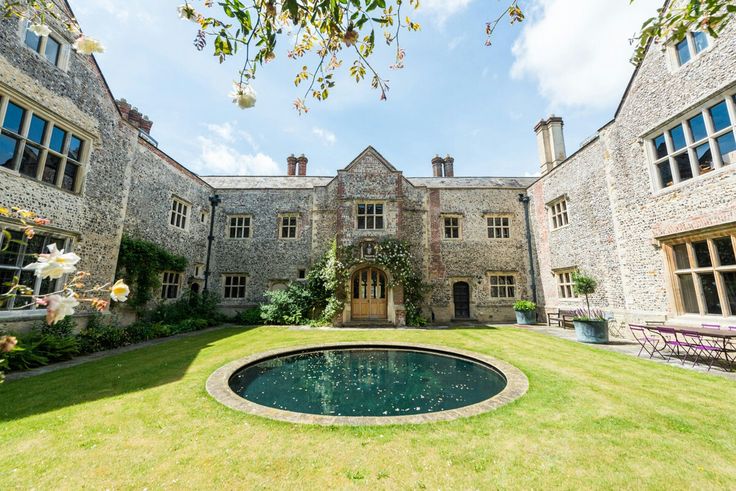 In fact, we’ve recently visited so many Churchill sites that Jess has written a whole post dedicated to visiting Winston Churchill sites in England.
In fact, we’ve recently visited so many Churchill sites that Jess has written a whole post dedicated to visiting Winston Churchill sites in England.
In this case, Chartwell House was Churchill’s home, from when he and his wife Clementine purchased it in 1922, through to Sir Winston’s death in 1965, at which time Clementine presented it to the National Trust, who still own and look after the property today.
This is certainly not as grand or ostentatious a property as many of the others on this list. Whilst a property has been on the estate since the 16th century, the Churchill’s made so many changes upon their purchase that it’s essentially completely transformed. This is actually a good thing, because the 19th century version of the property was not favourably thought of.
The property is very much worth visiting, because it gives an impression of the home life of the man who was at the centre of a number of world events through the 20th century, who also happened to find time to win a Nobel Prize for literature, paint award winning landscapes, raise butterflies and build walls.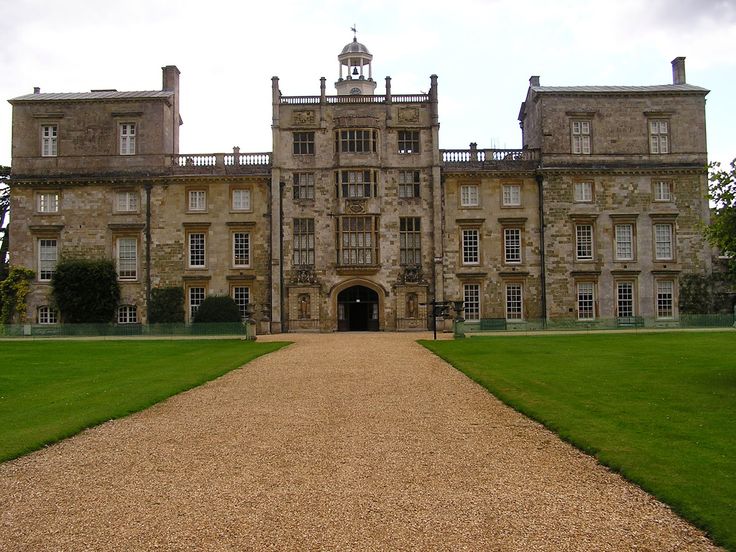 So yes, definitely worth the visit. Note that Chartwell runs timed tours and it gets busy here, so we recommend arriving early in order to be in with a good chance of seeing the property close to your preferred time!
So yes, definitely worth the visit. Note that Chartwell runs timed tours and it gets busy here, so we recommend arriving early in order to be in with a good chance of seeing the property close to your preferred time!
Like a number of other properties on this list, Chartwell House is a National Trust property, so it’s free to National Trust members and visitors with a National Trust touring pass. See more at the end of the post for ways to save money on entry to the properties on this list.
6. Osborne House
Ok, I promised no Royal Palaces or Castles, so this one is a bit of a cheat. This isn’t technically a palace or a castle, but is definitely associated with Royalty – it was Queen Victoria’s holiday home, and it can definitely be described as palatial – at least in size!
It can be found on the Isle of Wight, just off the south coast of England, and feels much like an Italian villa. It was purpose built in the 19th century for Queen Victoria and Prince Albert, and so reflects their style and tastes.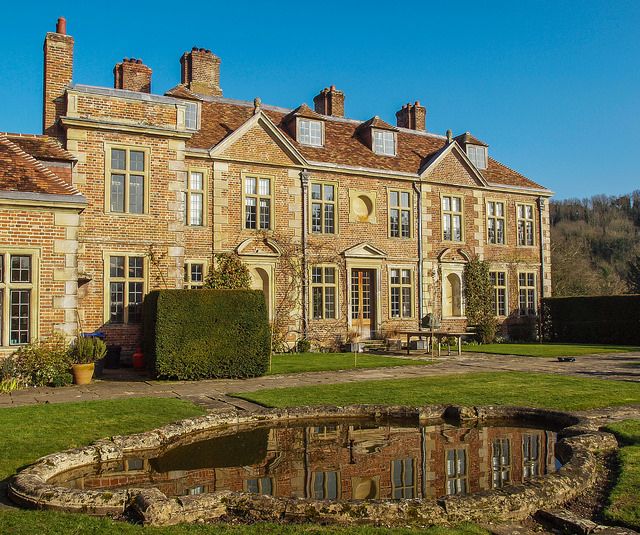
It also had to be large enough to accommodate their extensive family, and there are parts of the grounds which were dedicated to the children’s use and education, including a miniature fort and vegetable gardens.
As you can imagine, it’s well worth exploring the house and the grounds (currently 354 acres) – in particular don’t miss the beach, which was for the private use of the Royal Family.
The house is now owned by English Heritage and open to the public, check the official website for pricing and opening times. You book your tickets online in advance here.
Osborne House is operated by English Heritage, so there’s a fee to visit. It’s free for English Heritage members (sign up here, available to everyone), or holders of the English Heritage Overseas Visitors Pass (non-UK residents only, buy yours here).
See more at the end of the post for saving money on entry to the properties on this list.
If you are visiting the Isle of Wight, do also take a look at our guide to spending two days on the Isle of Wight, as well as Jess’s guide to Queen Victoria sights on the Isle of Wight.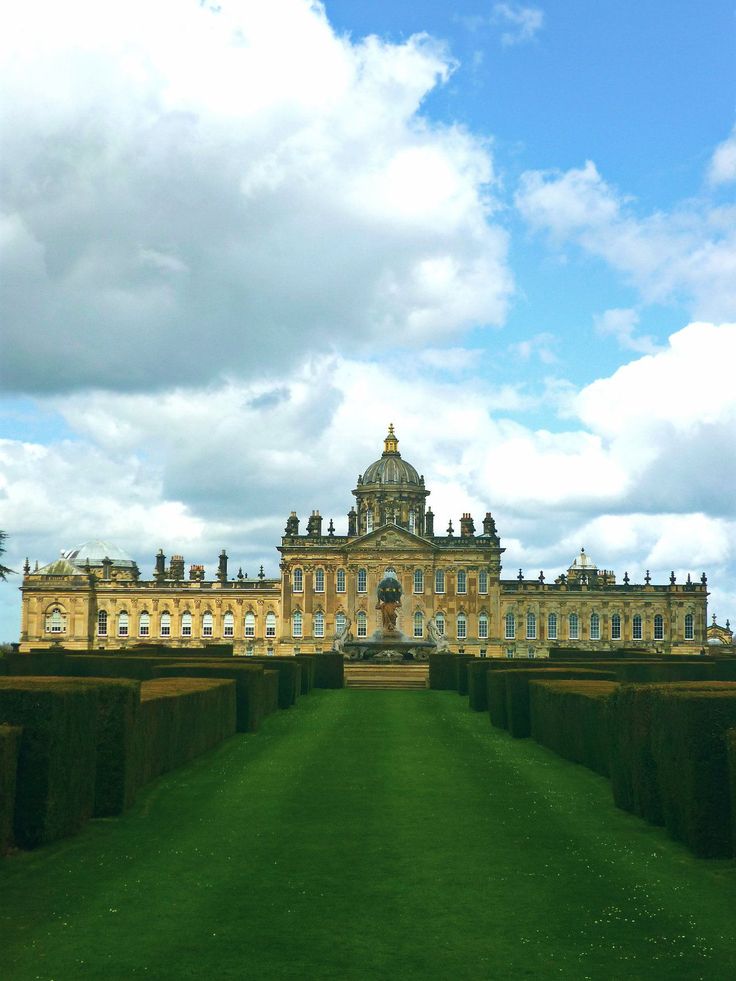
7. Newstead Abbey
In the heart of Nottinghamshire, Newstead Abbey is most famous for being the home of noted British poet Lord Byron. Originally though, as the name suggests, this was a religious building, home to a number of Augustinian monks. However, when Henry VIII decided to disband all the Catholic houses, including monasteries, the Abbey was handed over to the Byron family.
Lord Byron the poet inherited the property when it was badly in need of repair, and initially he lived in nearby Nottingham, using the grandly crumbling ruin as handy poetic inspiration.
Later, he moved into the property and did attempt various restorative works, but these were generally of an artistic nature rather than anything usefully structural, and so the property continued to decline, until it was finally bought in 1818 by someone with sufficient funds to restore it to some of its original glory.
Finally, after passing to various people, it was gifted to the city of Nottingham, and today it is owned and maintained by Nottingham City Council, and can be toured both inside and outside.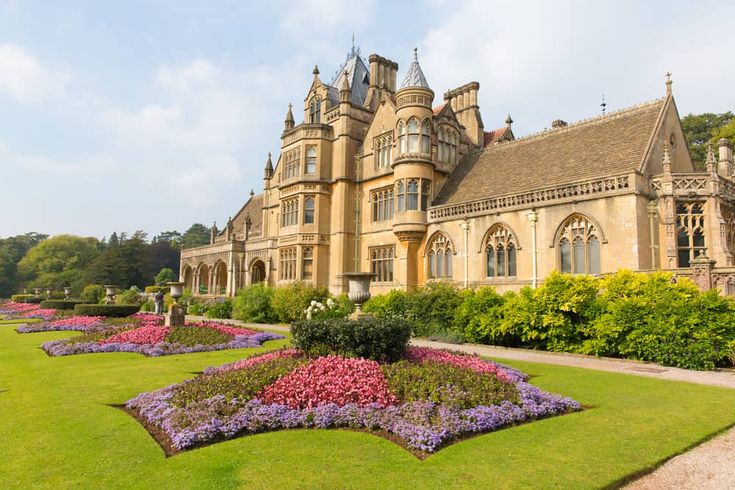
It’s a fascinating property to look at, as part of it is an old abbey ruin, with the house built onto the side of it. There are wonderful gardens to explore, including an American Garden, a Japanese Garden and a walled garden.
The tour of the property naturally focuses on its most famous resident, but there are plenty of tales about the property and its other owners that will fascinate you. All in all, a very worthwhile half day visit.
8. Apsley House
I appreciate that pretty much every house in this list requires a bit of effort to get to – either you’re going to have to find your own transport, or you’re going to have to book a tour. With that in mind, and in particular for those of you just visiting London, I wanted to give you an option that’s right on your doorstep – Apsley House.
Ok, so it’s not exactly a grand stately home, or a country house at all, but it’s impressive nonetheless, and will give you an idea at least of the aristocratic lifestyle if you don’t have time to head out of London, or want to visit somewhere that isn’t a Royal Palace.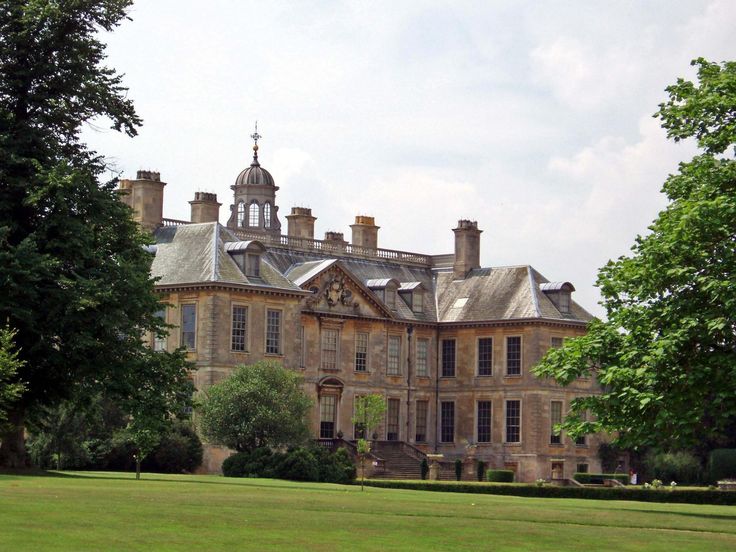
This is on Hyde Park Corner, so it’s right in the heart of London, just around the corner from Buckingham Palace. It’s the family home of the Dukes of Wellington, and is a spectacular example of an aristocratic town house.
The house is still occupied by the Dukes of Wellington, however most of it is now open to the public and serves as a museum, primarily to the first Duke of Wellington, who famously defeated Napoleon at the Battle of Waterloo, and is widely regarded as one of the greatest British military commanders in history.
Apsley House today houses a superb art collection, much of which was acquired as the spoils of war, as well as gifts from admirers around the world, which include paintings, sculptures, silver, porcelain and more. There’s an excellent audio guide which will take you around the house, which we definitely recommend.
Apsley House is operated by English Heritage. In terms of entry fees, it’s free to English Heritage members, those holding an English Heritage Overseas Visitor Pass or you can pay a one-off ticket price.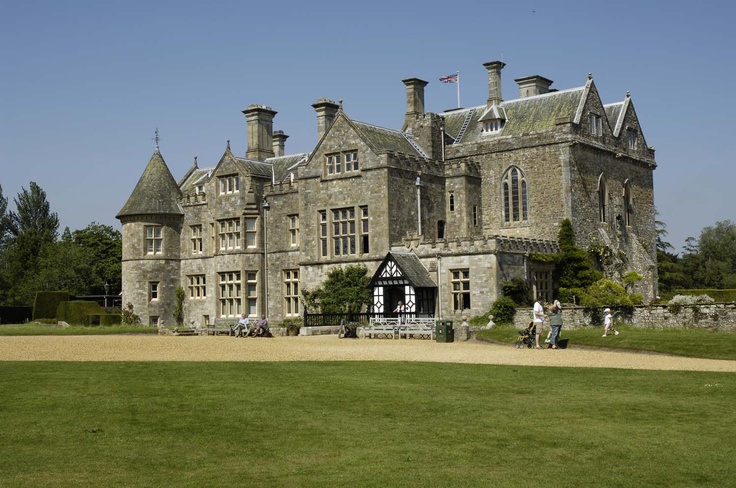
It’s also included on the excellent London Pass – if you are planning on seeing a number of sights in London, then we can definitely recommend picking one of those up for your visit. Read Jess’s full review of the London Pass to see if it will save you money on your trip.
9. Baddesley Clinton
Baddesley Clinton is the only moated property on this list, which in my book, warrants its entry alone. Technically a manor house, Baddesley Clinton dates from the 13th century, and was the property of the Ferrer family for 12 generations before passing to the National Trust.
The house has seen its fair share of history, with particular note being the role it played during the Catholic persecutions of the 16th century. In particular, there are three “priest holes” in the property, where priests could hide to avoid capture.
There are also lovely gardens to explore and the property has notably beautiful stained glass windows. It’s definitely a little different to some of the other properties on this list, hence the inclusion.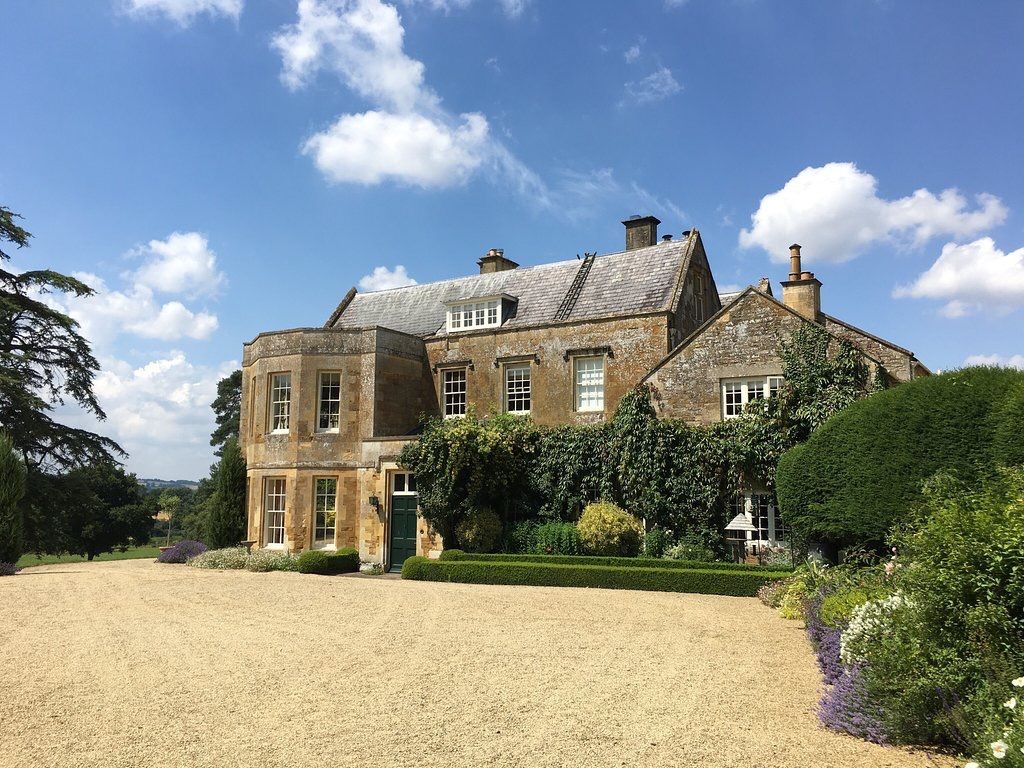
Again, as a National Trust property, Baddesley Clinton is free to National Trust members and visitors with a National Trust touring pass. See more at the end of the post for saving money on entry to the properties on this list.
10. Attingham Park
Last, but by no means least on my ten favourite stately homes to visit in England is Attingham Park. This 18th century mansion and estate is the fourth most visited National Trust property in the UK, and when you visit you’ll quickly understand why.
Built in 1785, the building is imposing and impressive, with a huge main façade and two single storey wings jutting out from either side. The interior is equally grand and well maintained, with a marked difference between the “upstairs” and “downstairs” lifestyles on show.
When we visited we took a behind the scenes tour of the new picture gallery roof. This might not seem that exciting, but given the original was designed by John Nash (architect of Buckingham Palace, along with a great number of buildings of Regency London) using radical design technologies for the time, this turned out to be quite fascinating.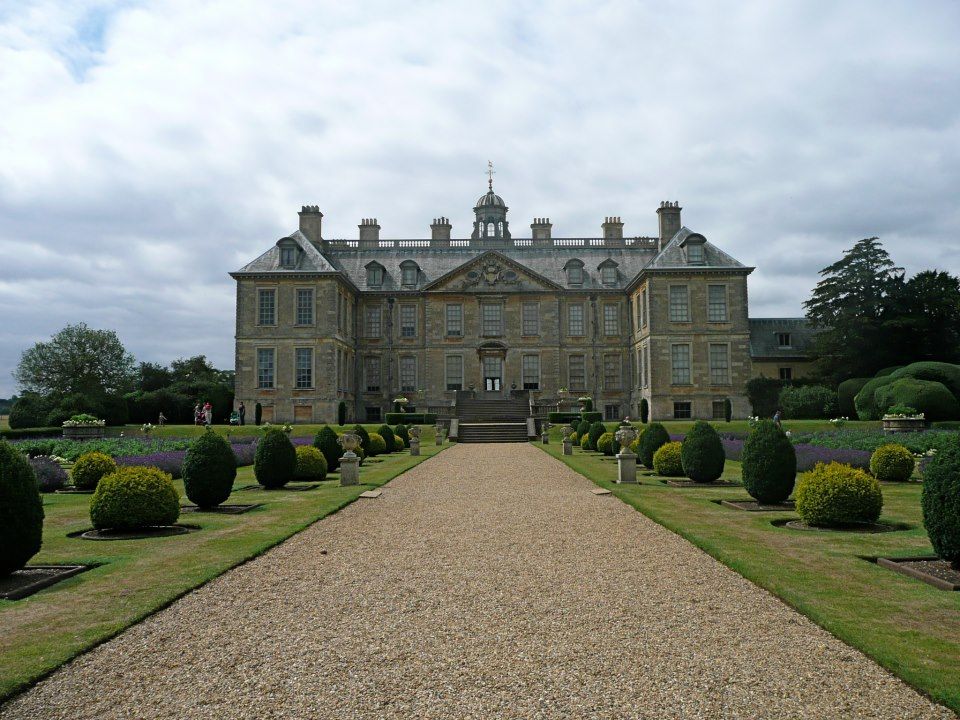
We also learnt about the history of the owners and occupants of the property – stories that involved romance, loss, ruin and restoration. So basically something for everyone!
Again, there’s enough here to do for at least half a day of exploring, and there’s an excellent café on site in the stable block. This is also a National Trust property – you know the drill by now in terms of how the pricing works.
Map of Stately Homes in England
The houses I’ve chosen are all around England, so I don’t expect you to be able to visit them all in one trip. I have two posts with suggested UK itineraries, and some of these houses could easily be added to either of those. You can see the two week UK itinerary here, and the one week UK itinerary here.
As a guide though, here’s a map showing all the locations of the Stately Homes in this post for quick reference.
Tours that Visit Stately Homes in England
As you can see from the map, the stately homes we have recommended are spread out across the country, meaning that if you don’t have your own transport, it can be challenging to reach them, even by public transport.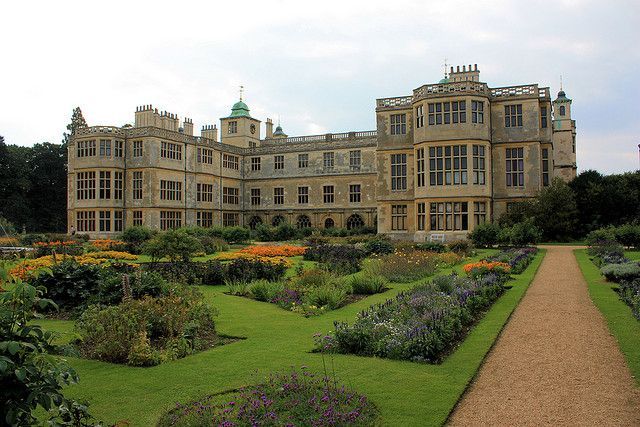
To help you get around this issue, we’ve found a number of tours that will get you to some of the properties on this list. Whilst not every home can be visited as part of a tour, the more popular and closer to London the property is, the greater the chance of their being a tour! Here are some tour options for you to consider:
- This private tour to Chartwell House from London, which includes round-trip transport from your hotel, entry fee to Chartwell, and a private guide and driver
- This full day tour of Highclere Castle from London, which includes your entry fee to Highclere Castle, as well as a number of other Downton Abbey filming locations
- This full day tour of Blenheim Palace, the Cotswolds, and some Downton Abbey filming locations, which also includes entry to Blenheim and an audioguide
- A 5 day tour of England and Wales from London, which includes Chatsworth House amongst many other locations!
As you can see, you have a few different options for visiting these stately homes, even if you don’t have your own transport.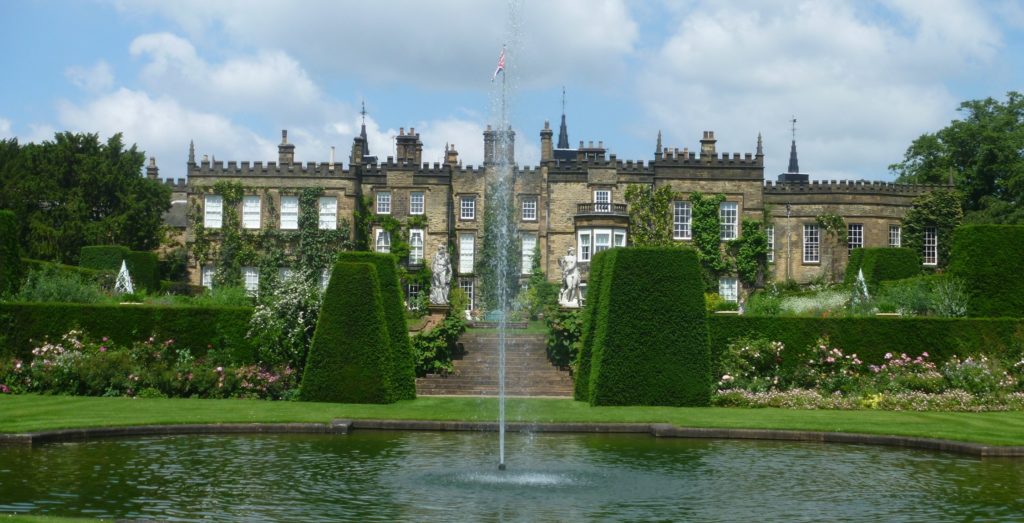
Passes for Visiting Stately Homes in England
Many of the houses in this list are privately owned, and so have their own entry fees. Usually, it’s worth checking online at their official websites to see if they are running any offers – such as the free parking at Chatsworth if you book online.
A number of the other properties are part of national organisations such as the National Trust or English Heritage.
In those cases, if you are planning on visiting a number of properties operated by these organisations then you may be better off purchasing an annual membership instead of paying individual prices. You only need to visit a few properties in each case to make up the cost of membership.
You can buy an English Heritage Membership here and a National Trust membership here.
If you’re only visiting the UK for a shorter trip there are specific passes for visitors for both the National Trust and English Heritage, which represent great value for money for visitors.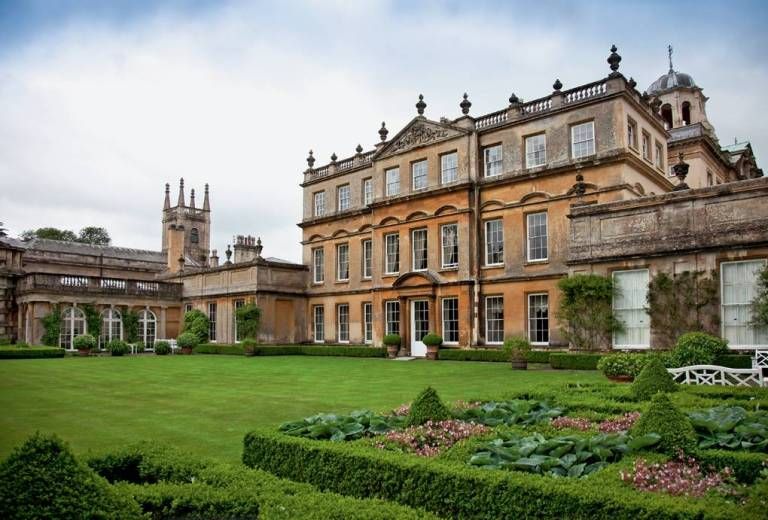
For the National Trust you can pick up a National Trust touring pass. This is valid for 7 or 14 days, and gives you access to every National Trust property in the UK.
For English Heritage, you can get an English Heritage Overseas Visitor Pass. This is valid for 9 or 16 days, and gives you access to every English Heritage property in the UK.
In addition, some overseas organisations have reciprocal arrangements with the National Trust and English Heritage – meaning if you are a member of an overseas organisation you may have free entry already.
You can see on their websites both the reciprocal arrangements and a full list of covered attractions. See those on the National Trust website here, and English Heritage here.
Finally, as already mentioned in the post, if you’re visiting London, then you can save a good pile of money by investing in a London Pass for your stay, which gives you access to a good many London attractions.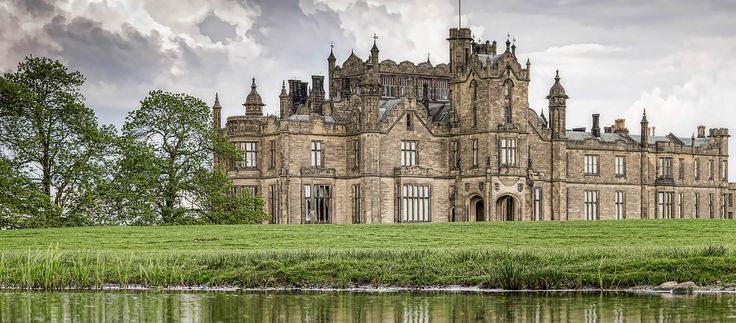
Further Reading
We’ve written a number of posts and guides to travel in the UK that you might find useful for planning a trip. We also have a number of books and online resources that you might find helpful, both related to Stately Homes, and general travel in the UK. Here they are:
- We have guides to many of the cities and sights in the UK for you to bookmark, including:
- We have a full guide to visiting Highclere Castle to help you plan your trip.
- A Two Week UK itinerary & A One Week UK Itinerary
- A Two Day London Itinerary, as well as a Six Day London Itinerary
- The Best Photography Locations in London
- Tips on Buying and Using the London Pass
- Planning an Oxford day trip from London
- The Highlights of Oxford
- Visiting Blenheim Palace and the Cotswolds
- A Guide to Touring the Scottish Borders
- A Guide to visiting Stonehenge from London
- The Best Harry Potter Locations in London
- In terms of reading related to Stately Homes, you might enjoy:
- Black Diamonds – the tale of Wentworth Woodhouse
- England’s Thousand Best Houses – this should give you plenty of ideas for more places to visit!
- If you want a physical (or digital!) book to accompany your travels, then Amazon have a great selection.
 We recommend the Rick Steves England book, & the Lonely Planet Guide to get you started.
We recommend the Rick Steves England book, & the Lonely Planet Guide to get you started.
And that finishes up my post on some of my favourite Stately Homes to visit in England! Got a favourite you’d like to share, or any questions about the post? Let us know in the comments below!
10 "treasure houses" of Great Britain
All fairy-tale castles have a common unfortunate drawback - they are located in fictional countries, so you can't get into them for any money. But in the real world there are buildings that are very similar to castles from fairy tales, which are quite possible to get into, while many of them are located in the UK, and more precisely, England.
1. Castle Howard hotels nearby
This huge mansion is the family home of the Howard family, it is located in North Yorkshire, 24 km north of York. It was filmed in Brideshead Revisited as Brideshead Manor.
It was designed for the third Earl of Carlisle by Sir John Vanbrugh, who placed it on a hill so that the surroundings could be clearly seen from it. The castle was built from 1699 to 1712. A park was laid out around it, which has been preserved in good condition to this day.
The castle was built from 1699 to 1712. A park was laid out around it, which has been preserved in good condition to this day.
Top 10 London attractions
London is an ancient city, which in 43 BC. e. founded by the Romans, calling it Londilium. Over time, the settlement grew rich and developed. ...
In Castle Howard you can find both exquisite architecture, statues, fountains, a garden with flower beds and an arboretum, a landscape park, and chic paintings in the interiors. Around the estate are forests and serene lakes. This private house is one of the largest in England. Its current owner was born in it. But, being a private property, the castle is now open to the public - annually about 200,000 visitors to the castle help the owner raise money for its maintenance.
The former Lord Howard, together with botanist Jim Russell, began in 1975 to collect a collection of hardy trees - one of the largest in Europe.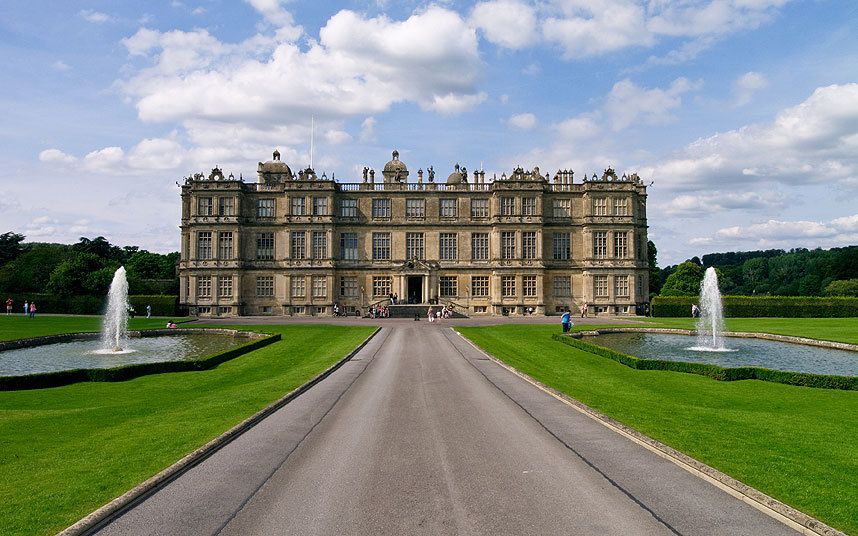 A large piece of land was then turned into the Castle Howard Arboretum Trust in 1997, which partnered with the Royal Botanic Gardens in Kew. A couple of years later it was opened to the public. The garden around the castle continues to change, for example, not so long ago 5 tons of daffodil bulbs were planted in it.
A large piece of land was then turned into the Castle Howard Arboretum Trust in 1997, which partnered with the Royal Botanic Gardens in Kew. A couple of years later it was opened to the public. The garden around the castle continues to change, for example, not so long ago 5 tons of daffodil bulbs were planted in it.
2. Harewood House hotels nearby
This country house is located near the English city of Leeds, although it looks more like a palace. It was even included in the lists of architectural heritage and historical buildings in Great Britain. It was built in 1759-71 for Baron Harwood, who became rich in the West Indies.
The architecture of the building reflects the lifestyle of the then-glorious English aristocracy, with the obligatory beautiful gardens, a Chinese living room with handmade wallpaper and a part of the house under the stairs where the servants spent their time.
Evin Lascelles, 1st Baron Harwood ordered the construction of a house in the mid-18th century that still belongs to the same family.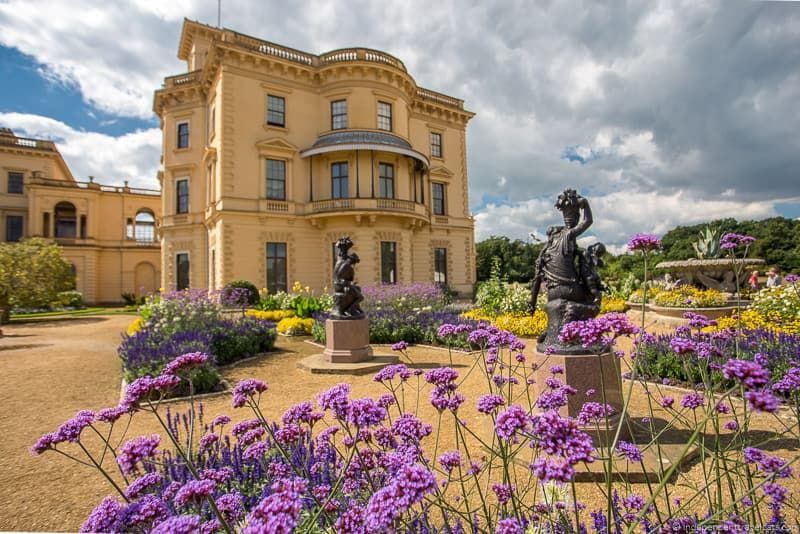 Now the family of the eighth Lord Harwood, David Lascelles, lives in the house. The house is open to the public, tours and drawing lessons are held here, so it is not only a monument of the past that has frozen over the centuries.
Now the family of the eighth Lord Harwood, David Lascelles, lives in the house. The house is open to the public, tours and drawing lessons are held here, so it is not only a monument of the past that has frozen over the centuries.
Different generations of owners of the house replenished the family art collection. The sixth Earl Harwood began with Renaissance works (Titian and Tintoretto), his heir liked modern art more (Picasso, Sickert, Epstein). As a result, Harwood House was awarded the status of a historic building in the north of England and a first-degree listed building.
3. Chatsworth house hotels nearby
One of the most beautiful English palaces, Chatsworth Castle is located in the English county of Derbyshire and belongs to the Duke of Devonshire. It stands on the left bank of the Derwent River, and the entrance to it is paid. The building was built in the Baroque style in the Derwent Valley near the magnificent cascading waterfalls built by Joseph Paxton.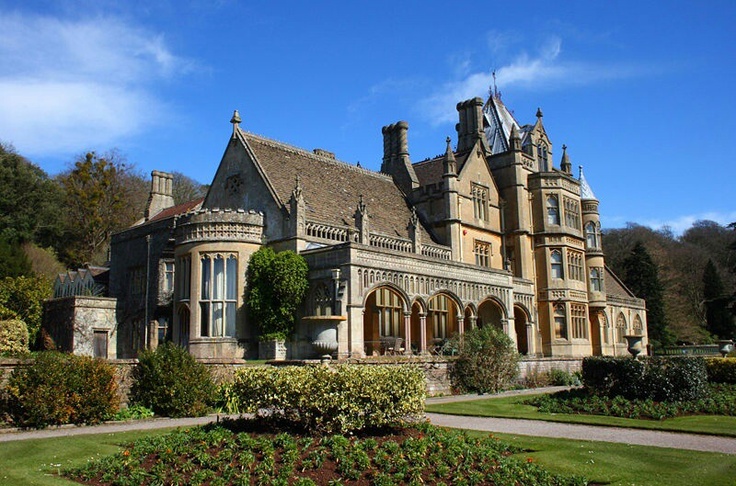
The castle dates back to Anglo-Saxon times, when Sir William Cavendish and his wife, Lady Elizabeth of Hardwick, built a residential building. In 1570, the Queen of Scots, Mary Stuart, was imprisoned here, from which the so-called "Scottish rooms" have been preserved. The castle has a huge collection of paintings and sculptures. Generations of the Dukes of Devonshire brought rarities to the family nest. At the end of the Second World War, the debt of the owners of 7 million pounds was found out, so they had to sell a significant part of the collection. Now the maintenance of the house is partially paid by tourists, as well as the regular renting of the territory for filming films.
4. Holkham Hall hotels nearby
The house at the Holkham Hall estate in Norfolk was built for himself by Thomas Cook, the first Earl of Leicester in the middle of the 18th century, and before that the estate was the property of his ancestor - the famous lawyer Edward Cook. Now it belongs to the Earls of Leicester.
Now it belongs to the Earls of Leicester.
This strictly symmetrical building was built by the Earl of Burlington and William Kent, inspired by the unrealized sketches of the famous Italian architect Andrea Palladio. In 1730, a 24-meter obelisk was erected behind the house. Interiors in the style of classicism are decorated with antiquities brought from Italy, paintings by Rubens, Vasari, Luini, van Dyck, Reynolds, Lorrain, Canaletto, Gaysborough and other painters.
5. Burghley House hotels nearby
This is the largest English residence of the time of Elizabeth I, which reflects the architectural tastes of that time. It is located on the outskirts of Stamford, on the border of Cambridgeshire and Lincolnshire. The building was built for the Baron Burghley in 1555-1587 - this title was held by William Cecil - the Queen's First Minister. His descendants still own Burley House, eventually they became earls, and then were promoted to the Marquesses of Exeter.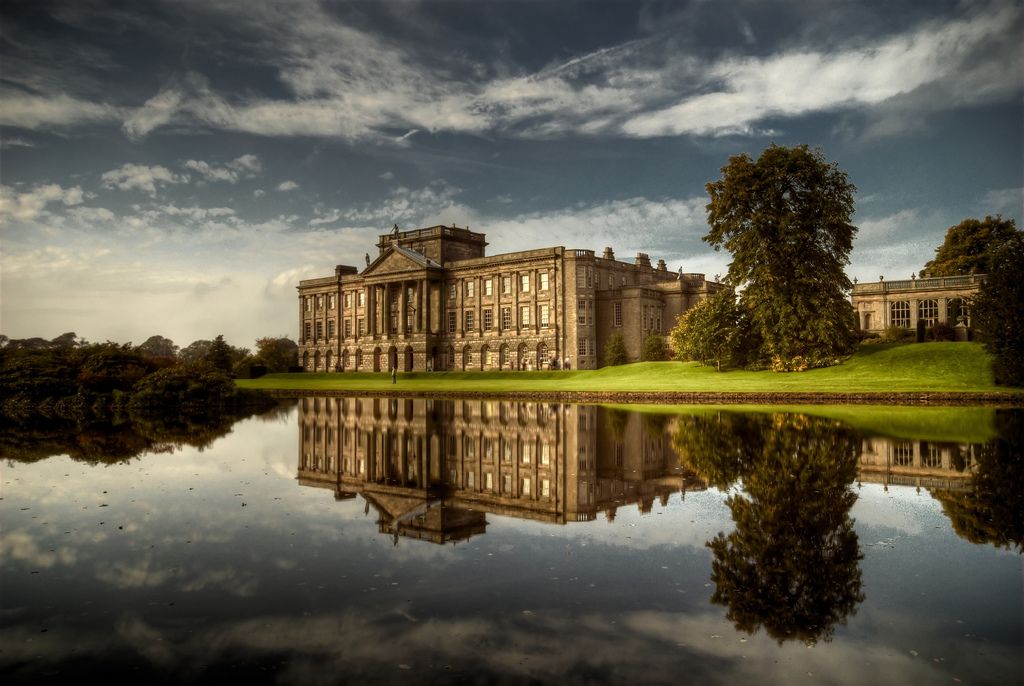
From an architectural point of view, the outline of the palace shows the transition from the late Gothic to the Renaissance. There is much in common with examples of the French Renaissance (perhaps Chambord Castle served as its prototype). The interiors match those of the now defunct Richmond Palace. In the XVIII century, a park was laid out around the building by Lancelot Brown. The 6th Marquess of Exeter, David Cecil, was an Olympic champion in equestrian sports, so in 1961 he adapted the estate for this sport, the local competitions became very prestigious.
Burley House and its interiors periodically flash in feature films. It is also listed, along with 8 other private estates, as the "treasury houses of England".
Capital of Scotland. Amazing Edinburgh
Beautiful, clean, prosperous, popular - it's all about Edinburgh, the capital of Scotland. The city was founded before our era, and for its rich history.
Hotels around..
6. Woburn Abbey
This house was built on the site of the medieval Cistercian abbey of the same name in the middle of the 18th century in Bedfordshire by the Dukes of Bedford from the Russell family. At the end of World War II, the most dilapidated sections of the Palladian-style building, which had been the property of the Russells since 1547, were demolished. To attract visitors, the young duke converted the manor park into a safari park, where rhinos, elephants and giraffes roamed. Once there was the only herd of David's deer in the world, the descendants of which then spread to the rest of the world.
The central building is a luxurious Palladian mansion that is open to visitors on certain days. In the tea house of the Duchess, if you wish, you can take part in a tea party. The estate often hosts filming and television programs, as well as wedding ceremonies.
7. Blenheim palace hotels nearby
Blenheim Palace is the family home of the Dukes of Marlborough and one of the largest English palace and park ensembles.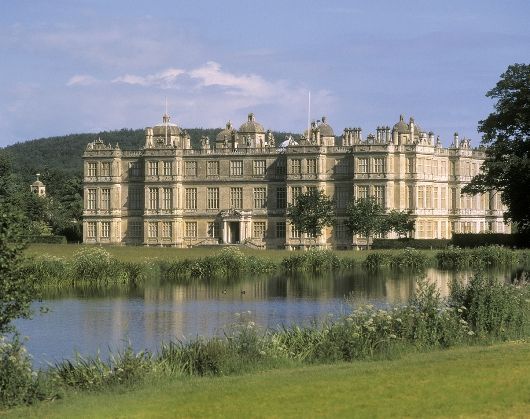 It is located in Oxfordshire on the outskirts of Woodstock. At 19In 87, UNESCO added it to its list of World Heritage Sites.
It is located in Oxfordshire on the outskirts of Woodstock. At 19In 87, UNESCO added it to its list of World Heritage Sites.
It was built in 1705-24 in a rare baroque style here as the residence of the first Duke of Marlborough and his wife Sarah. The name of the palace was given in honor of the victory of the duke over the French, won at Blenheim. In 1874, Winston Churchill, who was a descendant of the duke, was born here.
It has recently been decided to drain the ponds created in the 18th century by the architect Lancelot Brown and restore the Vanbruge Bridge. After pumping out the water inside the bridge structure, unknown rooms with fireplaces with chimneys were discovered. Stairs, plaster and murals of the 18th century, as well as sunken boats used in the 19th century, have been preserved here.50s to remove the reeds. Since the beginning of the current century, the eastern wing of the palace has been assigned to the 12th Duke of Marlborough and his family, and the rest of the interiors are open to tourists, including the Winston Churchill Museum.
8. Hatfield house (Hotels nearby)
This estate is located in the town of the same name in the county of Hertfordshire. For the last four centuries it has been the seat of the Earls and Marquesses of Salisbury from the Cecil family. It is the most significant surviving example of a Jacobian aristocratic residence.
The Old Palace was built by order of Cardinal Morton in 1497. Henry VIII during the Reformation confiscated the palace, making it a royal residence, because he wished that his heirs, Elizabeth I and Edward VI, grew up here. In 1607, the palace was exchanged for the estate of the Earl of Salisbury, and he rebuilt it to his own taste - he broke three wings of the building, from the brick of which he built an elegant house. Many personal belongings of Elizabeth I have been preserved in the palace - a family tree, silk stockings, a pair of gloves, an “ermine” portrait of the queen made by the miniaturist Hilliard. The interiors of the palace feature a huge number of portraits.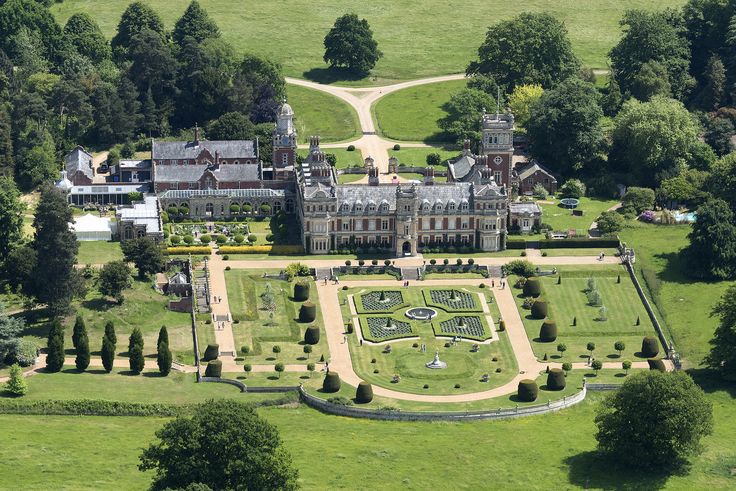
The future queen was brought to Hatfield at the age of three months, where she grew up, studied, played in amateur theater, painted and sang. When her sister Mary became queen, Elizabeth became Hatfield's recluse. It is said that she was sitting under an oak tree in the garden reading a book when a messenger announced the death of Mary and her impending accession to the throne. Now in the garden grows a descendant of the oak, on which there is a corresponding commemorative plaque.
The building of the palace, which has survived to this day, was built in 1611 by Robert Cecil, the first Earl of Salisbury, who was the First Minister at the court of King James Stuart. The gardens around the palace are considered the oldest in England. Until now, the estate is owned by the Marquess of Salisbury. Three of his predecessors were Prime Ministers of Great Britain.
Beautiful medieval castles in Scotland: Top 10
Scotland is associated with people with a country of ancient legends, harsh but majestic nature and blue lakes.
There are many ancient palaces here, gloomy...
9. Leeds castle hotels nearby
This castle is one of the most romantic and beautiful English castles. It was built on two islands in the middle of the River Len, not far from London, near Kent and Maidstone.
This castle has a long history dating back to the 9th century, when a Saxon lord built his dwelling on one of the river islands. In 1119, the Norman knight Robert de Creveker built a stone building. In 1278, the castle passed to the English king Edward I, who, together with his wife Eleanor of Castile, completed it almost to its present appearance. In the next three centuries, many English queens loved to live in the romantic Leeds Castle.
The most significant owner of the castle was King Henry VIII, he also made his own adjustments to the architecture of the castle, reducing the share of its defensive function in favor of the residence for his first wife Catherine of Aragon.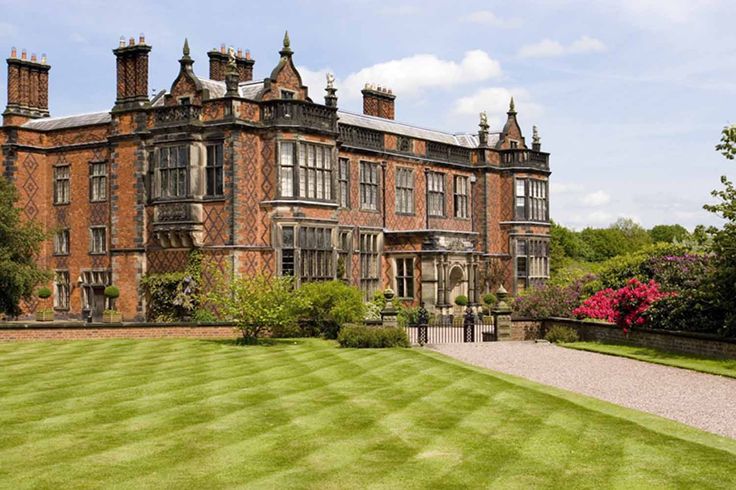
The last castle was owned by the indomitable Lady Bailey, who bought it in 1926. She attracted French designers to remodel the interiors of the castle, who made a chic house out of the dilapidated palace. For most of her life, Lady Bailey was engaged in the reconstruction of the castle, and in 1976 it was opened to the public. Now tourists from all over the world come here to admire this wonderful historical and architectural monument, which is surrounded by a huge landscape park, where there is a secret cave, a labyrinth, a vineyard, aviaries and ponds with waterfowl.
10. Beaulieu Manor hotels nearby
Now Beaulieu Manor, located in the south of England, in the county of Hampshire, on the banks of the Beaulieu River in the south-east of the New Forest National Park, is owned by the Montagu family, which formerly held the title of duke. This family estate grew out of a 14th-century abbey gatehouse, which was rebuilt and expanded many times.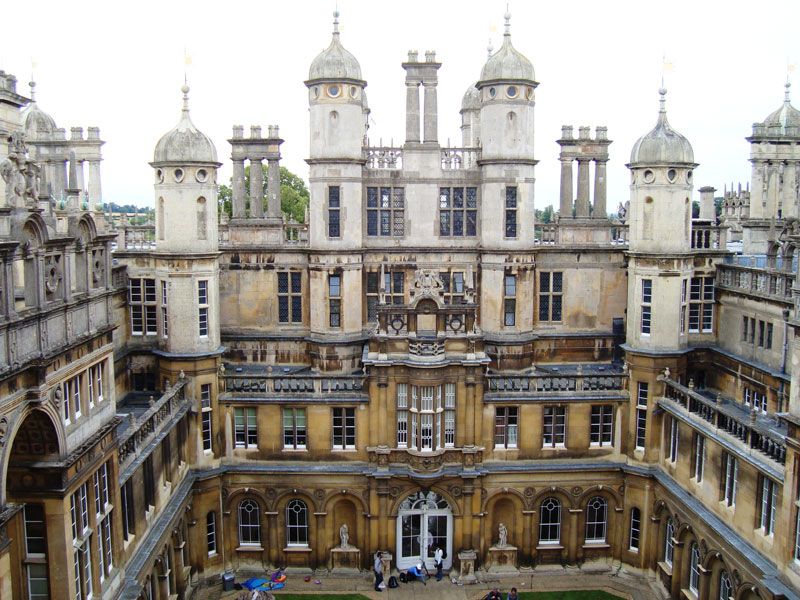 This was last done in the Victorian era in imitation of the medieval style.
This was last done in the Victorian era in imitation of the medieval style.
Castles of England - keepers of a thousand years of history
It is difficult to find a more mysterious and mysterious country than England. The state with a long history is known all over the world for its famous detective...
Montagu passed this estate from their ancestors, the Earls of Southampton, one of whom became famous for being the patron of W. Shakespeare.
The largest museum of racing cars in the UK was placed on the territory of the manor park.
Hands to Feet . Subscribe to our Vkontakte group and read all our articles first!
Rate it!
8.5
10013
1234567891012 most interesting places in England. Worth a visit there
Travel
Share
London is often used in conjunction with the word "most".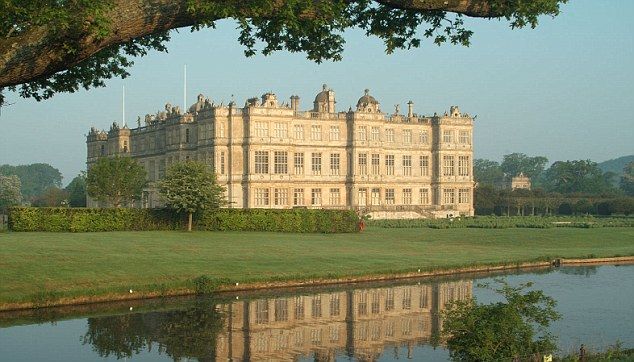 To visit the most expensive and one of the most multinational cities in Europe, where even the Queen - the longest reigning monarch in the history of Great Britain - millions of tourists aspire every year. The famous English gardens famous for their magnificent landscape, the majestic English castles with a thousand-year history, Big Ben, Tower Bridge, the legendary double-decker bus and the red telephone box - these English sights are known all over the world. The Green Arrow ranked the 12 MOST interesting places in England. It's worth visiting.
To visit the most expensive and one of the most multinational cities in Europe, where even the Queen - the longest reigning monarch in the history of Great Britain - millions of tourists aspire every year. The famous English gardens famous for their magnificent landscape, the majestic English castles with a thousand-year history, Big Ben, Tower Bridge, the legendary double-decker bus and the red telephone box - these English sights are known all over the world. The Green Arrow ranked the 12 MOST interesting places in England. It's worth visiting.
1.Windsor Castle is the largest residential castle in the world.
Address: UK, Berkshire, Windsor.
The official country residence of the English monarchs, built over 900 years ago and became the burial place for many British rulers, is located just 40 minutes from London. Most of the premises, with the exception of those where members of the royal family live, are open.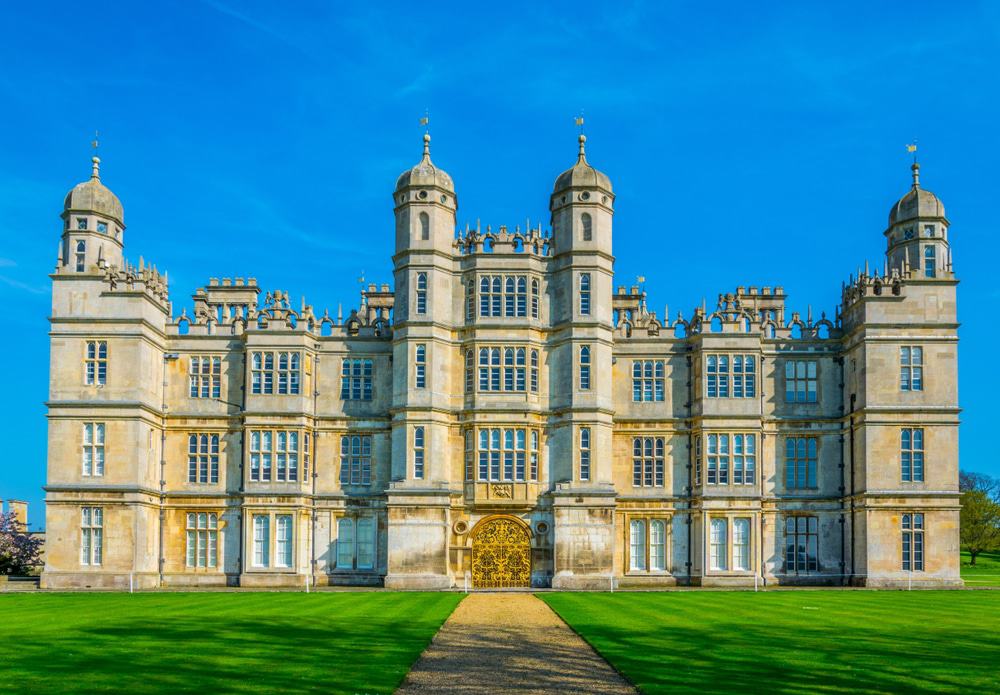 In addition to the magnificent interiors, the spacious halls display paintings by great artists, including Rembrandt, Van Dyck, Raphael and Rubens. Equally popular is the 40-room Dollhouse of Queen Mary, a 1:12 scale miniature, amazing in its complexity of execution, arouses the constant delight of both children and adults. One of the brightest memories from visiting Windsor Castle, of course, will be the colorful ceremony of changing the guard of honor. Indulge yourself also in the pleasure of strolling through the Great Park, where the hunting grounds used to be located, and enjoying the views of the Jubilee Garden, laid out in honor of the Queen's Golden Jubilee. If you're lucky, you'll find... black gold. Yes Yes. Unbelievable but true. At 19In 94, oil deposits were discovered on the territory of Windsor Castle!
In addition to the magnificent interiors, the spacious halls display paintings by great artists, including Rembrandt, Van Dyck, Raphael and Rubens. Equally popular is the 40-room Dollhouse of Queen Mary, a 1:12 scale miniature, amazing in its complexity of execution, arouses the constant delight of both children and adults. One of the brightest memories from visiting Windsor Castle, of course, will be the colorful ceremony of changing the guard of honor. Indulge yourself also in the pleasure of strolling through the Great Park, where the hunting grounds used to be located, and enjoying the views of the Jubilee Garden, laid out in honor of the Queen's Golden Jubilee. If you're lucky, you'll find... black gold. Yes Yes. Unbelievable but true. At 19In 94, oil deposits were discovered on the territory of Windsor Castle!
2. Trafalgar Square is the largest square in London.
Address: UK, London, Westminster, nearest tube station Charing Cross.
Even if you haven't been to London yet, you must have seen Trafalgar Square on TV more than once. Big celebrations take place here, rallies rage, music festivals rumble, so its other name is "The Heart of England". It was here in May 1945 that Churchill announced victory over Hitler. The key figure of the square is a giant granite column crowned with a 5-meter statue of Admiral Nelson, who led the Battle of Trafalgar. In the heat, it is pleasant to sit here by the cool fountains decorated with bronze mermaids and fish, marvel at the unusual installations of contemporary artists. By the way, the square offers an excellent view of Big Ben, next door is the London National Gallery and there is a zero kilometer, from where all the transport routes of the British capital take their countdown.
Big celebrations take place here, rallies rage, music festivals rumble, so its other name is "The Heart of England". It was here in May 1945 that Churchill announced victory over Hitler. The key figure of the square is a giant granite column crowned with a 5-meter statue of Admiral Nelson, who led the Battle of Trafalgar. In the heat, it is pleasant to sit here by the cool fountains decorated with bronze mermaids and fish, marvel at the unusual installations of contemporary artists. By the way, the square offers an excellent view of Big Ben, next door is the London National Gallery and there is a zero kilometer, from where all the transport routes of the British capital take their countdown.
3. The London Eye is the largest Ferris wheel in Europe.
Address: London, Lambeth on the south bank of the Thames
It can be seen from afar, and being in it, you see the whole city. No wonder it got the name "London Eye".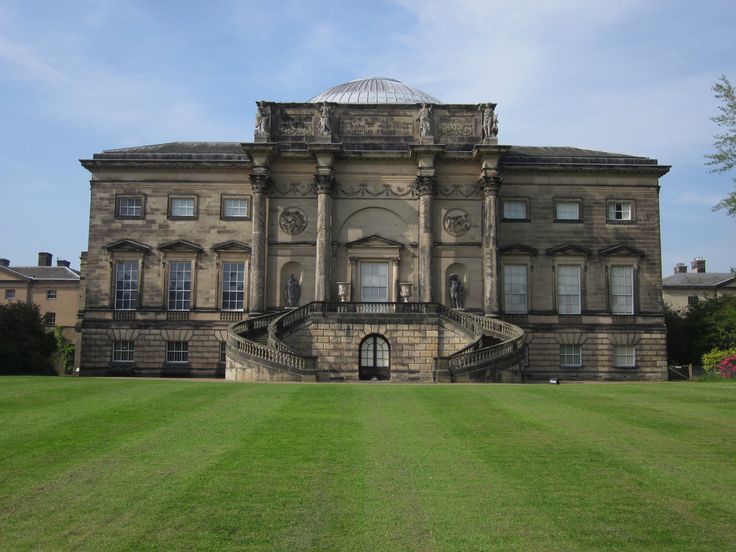 Built by the turn of the century, the 135-meter attraction (that's about a 45-story building!) quickly entered the list of iconic objects in London. Transparent egg-shaped capsules are illuminated in different colors at night and resemble a real space structure. The speed of the cabins is low - 26 centimeters per second, the wheel makes a full circle a little more than half an hour, so this time will be enough to slowly see all the sights of foggy Albion. In addition, you can order a private capsule for a romantic dinner or champagne tasting. Having taken a ride on the London Ferris wheel, you can say with confidence that you have seen all the main sights of the British capital.
Built by the turn of the century, the 135-meter attraction (that's about a 45-story building!) quickly entered the list of iconic objects in London. Transparent egg-shaped capsules are illuminated in different colors at night and resemble a real space structure. The speed of the cabins is low - 26 centimeters per second, the wheel makes a full circle a little more than half an hour, so this time will be enough to slowly see all the sights of foggy Albion. In addition, you can order a private capsule for a romantic dinner or champagne tasting. Having taken a ride on the London Ferris wheel, you can say with confidence that you have seen all the main sights of the British capital.
4. Stonehenge is the most mysterious archaeological find in the Old World.
Address: England, Wiltshire, Salisbury, 130 km southwest of London.
The place where goosebumps run. The first mention of Stonehenge, whose name can be translated as "hanging stones", is found in the 12th century.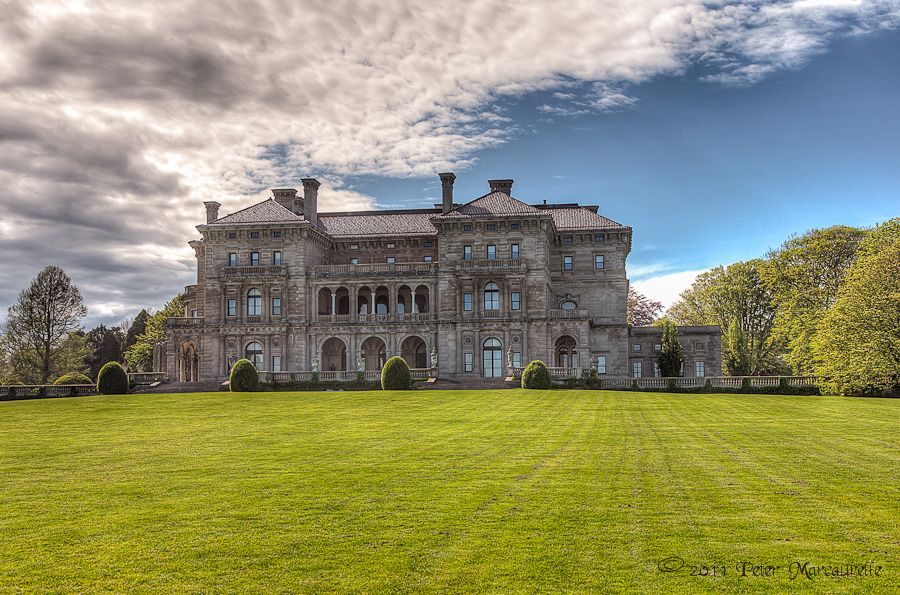 Why and by whom these multi-ton boulders were delivered, and how they were transported - and scientists have proven that some specimens were brought hundreds of kilometers away - does not fit in my head. And all the time the question is spinning: how could 25-ton blocks be transported in the absence of special equipment - road trains and tractors? The builders of the mysterious structure, alas, did not leave any records. It is authentically known that originally there was a cemetery here - burials of 64 people of the Neolithic era were found in Stonehenge. But versions are also put forward about the presence there of an ancient observatory, a sanctuary of the Druids, and even an alien trail. Not without horror stories about the intervention of the devil himself. A visit to this monument, included in the UNESCO World Heritage List, sets you in a philosophical mood, makes you think about the fate of mankind and, of course, contributes to the activation of the brain.
Why and by whom these multi-ton boulders were delivered, and how they were transported - and scientists have proven that some specimens were brought hundreds of kilometers away - does not fit in my head. And all the time the question is spinning: how could 25-ton blocks be transported in the absence of special equipment - road trains and tractors? The builders of the mysterious structure, alas, did not leave any records. It is authentically known that originally there was a cemetery here - burials of 64 people of the Neolithic era were found in Stonehenge. But versions are also put forward about the presence there of an ancient observatory, a sanctuary of the Druids, and even an alien trail. Not without horror stories about the intervention of the devil himself. A visit to this monument, included in the UNESCO World Heritage List, sets you in a philosophical mood, makes you think about the fate of mankind and, of course, contributes to the activation of the brain.
If you are reading this article, you might be interested in this program:
Planting for small gardens in natural style. Webinar by Noel Kingsbury (Great Britain) + webinar recording by Pete Oudolf as a gift!
Webinar by Noel Kingsbury (Great Britain) + webinar recording by Pete Oudolf as a gift!
videotape
5. The Eden Project is the largest and most technologically advanced botanical garden in the world.
Address: UK, Cornwall, 1.5 km from the town of St. Blais, Bodelva Road
"Die Another Day" - it was in these futuristic landscapes, reminiscent of giant honeycombs, that the filming of the next Bond series took place. Innovative garden of paradise "Project Eden" in the bio-tech architectural style, which is gaining momentum, "is located on the site of a former clay quarry on an area of 22 hectares as a symbol of rebirth in a man-torn earth. For this, 2 million tons of compost were brought here. More than 12,000 species of plants from all over the world are collected under unusual geodesic domes that can accommodate the Tower of London! In the greenhouses, a scorched tropical forest is simulated, a 150-year-old olive grove bears fruit, palm trees and cocoa grow, lavender blooms and sunflowers turn yellow.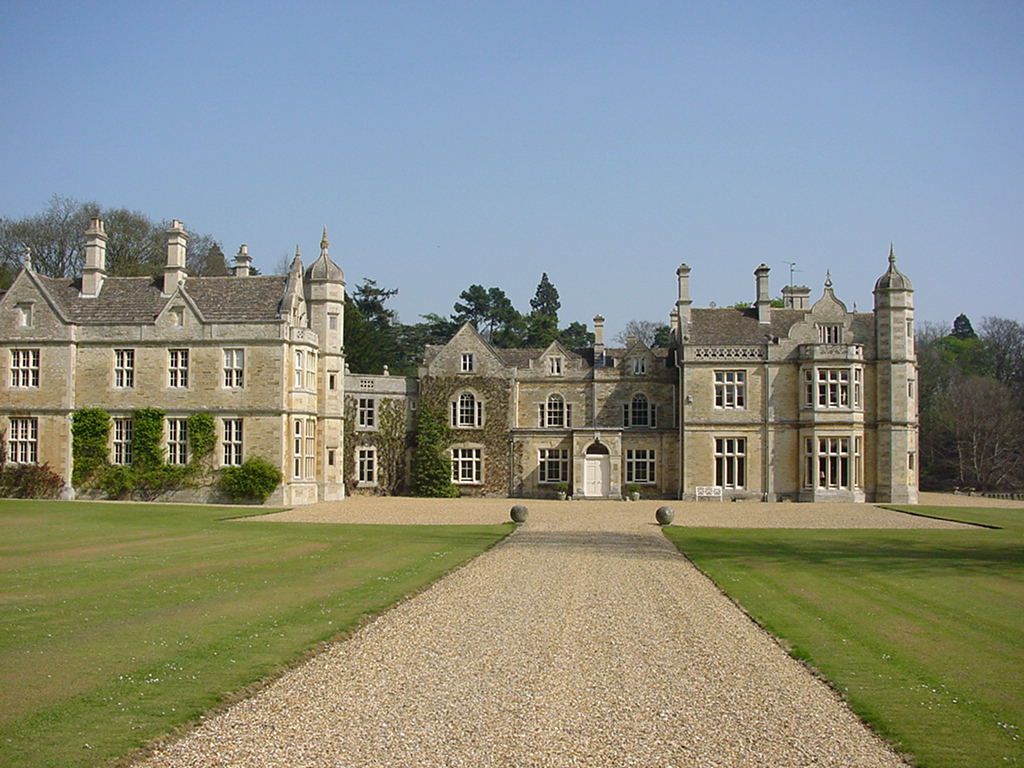 Electricity is generated by electric generators, and purified rainwater from the bottom of the quarry is used to maintain the required level of humidity. The mission of the project is to change the attitude of people towards the preservation of the environment.
Electricity is generated by electric generators, and purified rainwater from the bottom of the quarry is used to maintain the required level of humidity. The mission of the project is to change the attitude of people towards the preservation of the environment.
6. Land's End - the most extreme point of the UK and the Lost Gardens of Heligan.
Address: UK, Cornwall.
- “Theelost Gardensof Heligan” - Saint -Ostell, then by bus or taxi
- “LAND's END Visitors Centre” - Sennen -oks 9000 the garden, leading its history from the 18th century, impresses even seasoned travelers. There, on a forest path, you can meet a sleeping nymph or a giant's head sticking out of the ground with a perky grassy hairstyle. Here is a collection of ancient rhododendrons, primitive tree ferns, and the only growing pit in Europe has been preserved .... pineapples. Walk through the Lost Valley and make your way through the real Jungle. Address: Great Britain, Gloucestershire, Bibury For lovers of Miss Marple and Bridget Jones, these pastoral houses on the banks of the River Colne will surely seem familiar, as if they were photobombs After all, it was in these living scenery of the village of Bibury that popular films were shot. Authentic - as if toy - buildings from local shell rock were built back in the 17th century! A real source of inspiration for artists and poets. Address: UK, Somerset, city of Bath (Bath) Just 1.30 hours drive from London - and you find yourself in the main city of Somerset. The picturesque street, built in the 18th century in the likeness of the Roman Colosseum in the shape of a crescent, consists of 30 three-story houses. Similar on the outside, but different on the inside, as each owner hired their own architect to build the building behind the façade. It began to be called royal after the Duke of York Frederick was one of the lodgers at the end of the 18th century. Now, along with living quarters in the houses, there is a city museum and a hotel. Address: Great Britain, East Anglia region, Norfolk The old English city surprisingly combines medieval streets and modern architecture of East Anglia buildings. The educational institution became the first British university to create a master's program in the field of writing. Among the graduates there are many famous personalities - Nobel and Booker Prize winners. It is worth visiting it for the sake of the Sainsbury Fine Arts Center, where, along with Mayan treasures, works by Degas, Picasso, Bacon, Henry Moore are collected. Among the main attractions are Norwich Castle, which served as the Royal Palace, one of the largest cathedrals in the UK, built in 1096 from stones brought specially by ship from Normandy, and the town hall of the 15th century. Since the Middle Ages, the heraldic symbol of the city has been a dragon, so the image of this outlandish beast is decorated with many facades of buildings and every winter the city hosts a dragon festival. Address: Houghton Hall, Norfolk, UK The luxurious residence of Britain's first prime minister, Robert Warpoll, is associated with one of Britain's greatest disappointments and losses. The representative of the Whig party was famous for his love of painting. He spent his huge fortune on the acquisition of works by Rubens, Rembrandt, Van Dyck, Frans Hals, Velasquez ... However, after the death of Warpole, the collector's dissolute grandson - a reveler and bankrupt - sold the priceless collection to Catherine II, who included it in the collection of the Hermitage compiled by her. Address: United Kingdom, Dorset and East Devon coast, near West Lulworth cover a period of 185 million years!!! Researchers believe that more than 100 species of dinosaurs lived here! In addition to the skeleton of an ichthyosaur, they managed to find the bones of outlandish animals - with a skull like a pig and teeth like a crocodile. The coast is a real open-air paleontological museum. You can even find pieces of ancient fossils on the beach. One of the main attractions of these places is Durdle Door - a natural limestone gate in the rock near West Lulvert. Lovers of the Channel Coast will find here an intersection with the famous water-drinking elephant in the chalk cliffs of Étretat. And lovers of the Maldives will certainly draw parallels with the extraordinary color of the water of the entire blue-green palette. Address: Brompton Road, Knightsbridge area, UK, England. The nearest tube station is Knightsbridge on the Piccadilly line (blue line). It's unforgivable to visit London and not visit Harrods. The department store is one of the most visited attractions in England! One of the most famous shopping centers in the world and a real mecca for shopaholics will soon celebrate its 200th anniversary!!! Founded in 1824 as a small grocery store, today it occupies 90 thousand square meters and more than 5 thousand people work in it, about 300 thousand visitors enter the store per day. The numbers, you see, are impressive in order to look there for shopping. Harrods' motto is "To everyone, to everyone and absolutely everything." However, in addition to the richest assortment of goods, which once made it the official supplier of the royal court, Harrods also entered the history of the construction of the very first escalator in the UK.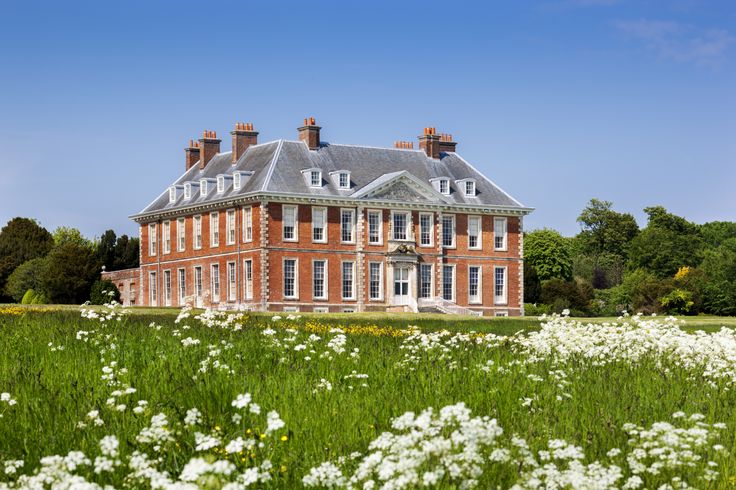 The soil is cultivated by hand to preserve the pristine nature. The work is carried out under the guidance of British garden architect Tom Smith. The place is remarkable in every sense. To the ends of the earth - wave your hand. After driving about 80 km to the west, you will find yourself in Lands-End - the westernmost point of Great Britain: here the road ends. Ahead - only the raging waves of the Atlantic Ocean and an indescribable feeling of freedom.
The soil is cultivated by hand to preserve the pristine nature. The work is carried out under the guidance of British garden architect Tom Smith. The place is remarkable in every sense. To the ends of the earth - wave your hand. After driving about 80 km to the west, you will find yourself in Lands-End - the westernmost point of Great Britain: here the road ends. Ahead - only the raging waves of the Atlantic Ocean and an indescribable feeling of freedom. 7. Bibury is the most beautiful village in Great Britain.
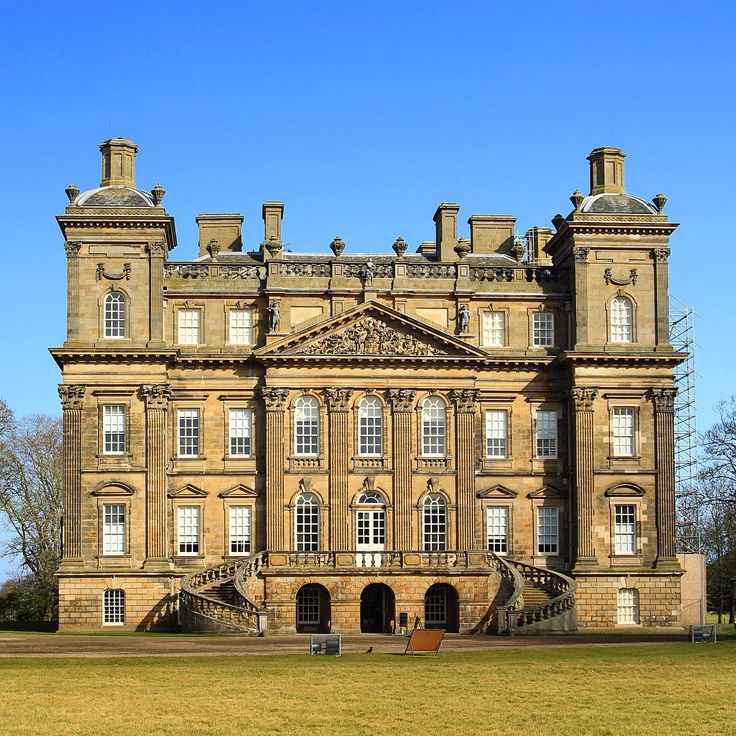 The image of Bibury is even printed on the inside cover of the British national passport, which only spurred interest in this village, so on weekends and during the holidays, be prepared to see dozens of lovers of rural peace and quiet just like you on the two existing streets of Bibury.
The image of Bibury is even printed on the inside cover of the British national passport, which only spurred interest in this village, so on weekends and during the holidays, be prepared to see dozens of lovers of rural peace and quiet just like you on the two existing streets of Bibury. 8. The Royal Crescent is the most unusual street in Great Britain.
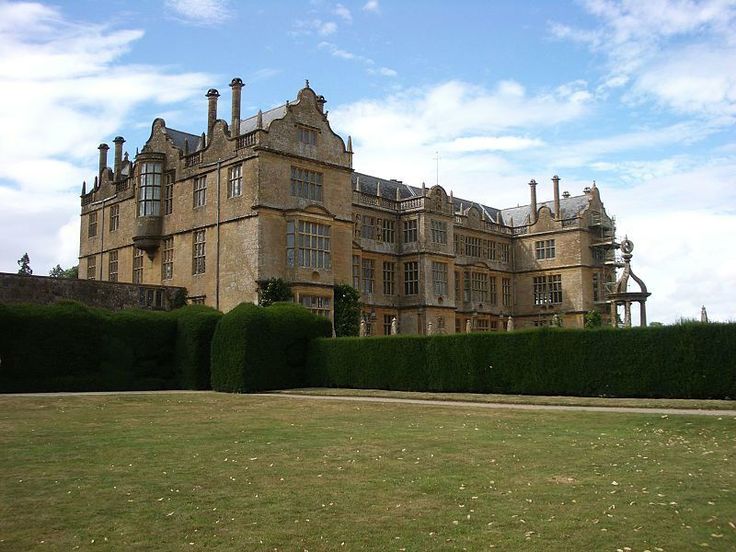 The Royal Crescent is on the list of protected buildings. Therefore, the facades must remain unchanged and, according to the rules, the color of the doors can only be painted in brown and white. But, as the guides say, one door is still knocked out against the general background in yellow - the whim of the wife of the Duke of Wellington at one time caused such a resonance that it was even discussed at the parliamentary level! The action of two novels by Jane Austen also unfolds in Bath, and Charles Dickens also sent his heroes to Bath for treatment. The writer is not wrong. After all, the name of a nice English town with about 100 thousand inhabitants is translated as "bath" - since antiquity, the town has been famous for its hot healing springs, which help in the treatment of gout and rheumatism. And the ancient Roman baths - preserved in Bath to this day - are included in the list of national treasures of the United Kingdom. Bath is also called the birthplace of sugary bat buns with baked candied fruits and raisins.
The Royal Crescent is on the list of protected buildings. Therefore, the facades must remain unchanged and, according to the rules, the color of the doors can only be painted in brown and white. But, as the guides say, one door is still knocked out against the general background in yellow - the whim of the wife of the Duke of Wellington at one time caused such a resonance that it was even discussed at the parliamentary level! The action of two novels by Jane Austen also unfolds in Bath, and Charles Dickens also sent his heroes to Bath for treatment. The writer is not wrong. After all, the name of a nice English town with about 100 thousand inhabitants is translated as "bath" - since antiquity, the town has been famous for its hot healing springs, which help in the treatment of gout and rheumatism. And the ancient Roman baths - preserved in Bath to this day - are included in the list of national treasures of the United Kingdom. Bath is also called the birthplace of sugary bat buns with baked candied fruits and raisins.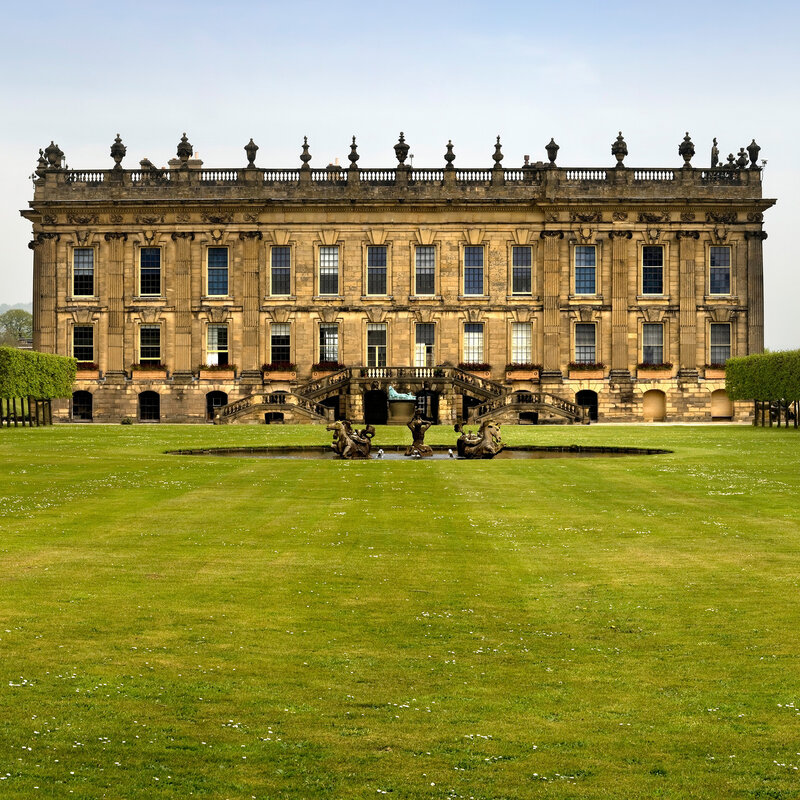
9. Norwich is the city of dragons and the most famous English mustard.
 And be sure to check out the Colman’s mustard museum at the Royal Gallery, dating back to Victorian times! Fans of this famous brand - a monopolist in the production of English mustard - will be able to purchase a popular seasoning that has earned recognition from English nobles since the time of Queen Victoria and is still the official mustard supplier for the royal family of Her Majesty Elizabeth II.
And be sure to check out the Colman’s mustard museum at the Royal Gallery, dating back to Victorian times! Fans of this famous brand - a monopolist in the production of English mustard - will be able to purchase a popular seasoning that has earned recognition from English nobles since the time of Queen Victoria and is still the official mustard supplier for the royal family of Her Majesty Elizabeth II. 10. Houghton Hall is the Hermitage Treasury and the world's largest private collection of tin soldiers.
 Many art critics call the sale of this collection one of the biggest cultural losses in the UK, which, alas, cannot be made up. Today, the magnificent residence belongs to the Marquis of Chumley. He collects tin soldiers - this is the largest private collection in the world! - and battle painting. All exhibits are open to visitors. The hereditary lord has made great efforts to restore the interiors to their original appearance.
Many art critics call the sale of this collection one of the biggest cultural losses in the UK, which, alas, cannot be made up. Today, the magnificent residence belongs to the Marquis of Chumley. He collects tin soldiers - this is the largest private collection in the world! - and battle painting. All exhibits are open to visitors. The hereditary lord has made great efforts to restore the interiors to their original appearance.
Of particular interest to visitors to Houghton Hall is the garden. The main part of it is called "The Walled Garden". It was laid out on the spot where the garden of the current owner's grandmother, Lady Sybil Chumley, had once been. It was in her memory that the "Walled Garden" was created. It was designed by the estate's head gardener, Paul Underwood, and award-winning designers, Julian and Isabelle Bannerman. The territory of the garden was divided into several contrasting "decorative gardens", where you can see a rose garden with 150 varieties of roses, an orchard, a greenhouse, an Italian garden, antique statues, fountains.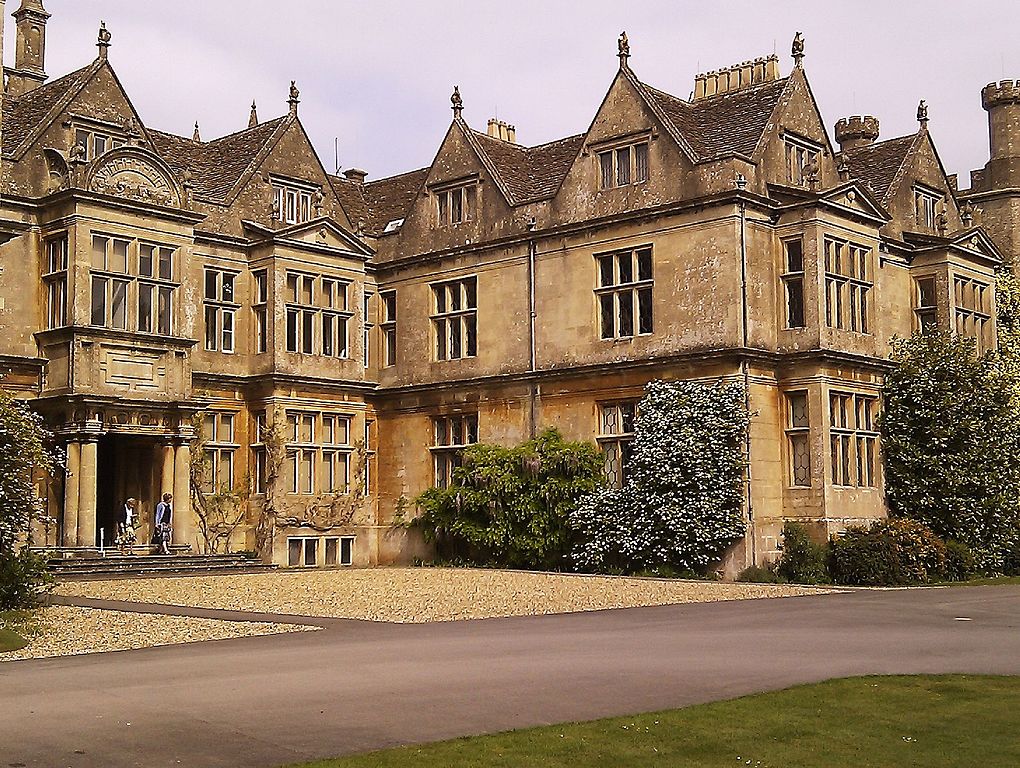 .. The garden covers an area of 2 hectares and is one of the main attractions of these places.
.. The garden covers an area of 2 hectares and is one of the main attractions of these places. 11. Jurassic Park - the UK's very first World Heritage Site
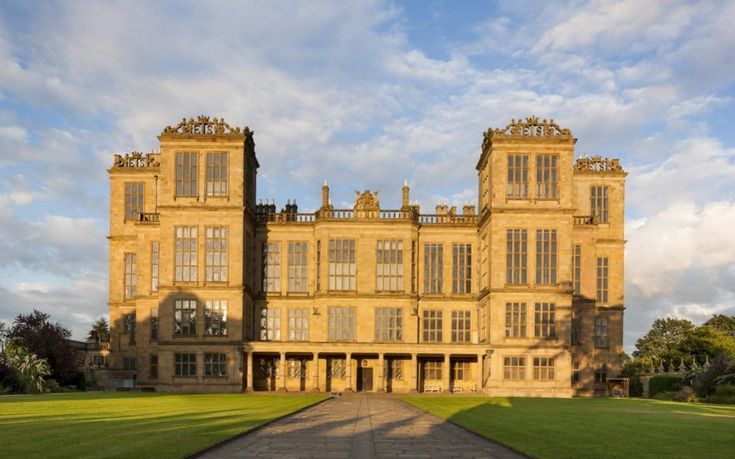 Wave bursts and peaceful silence create an atmosphere of isolation from the outside world and a feeling of complete unity with nature.
Wave bursts and peaceful silence create an atmosphere of isolation from the outside world and a feeling of complete unity with nature. 12. Harrods is London's most famous department store.
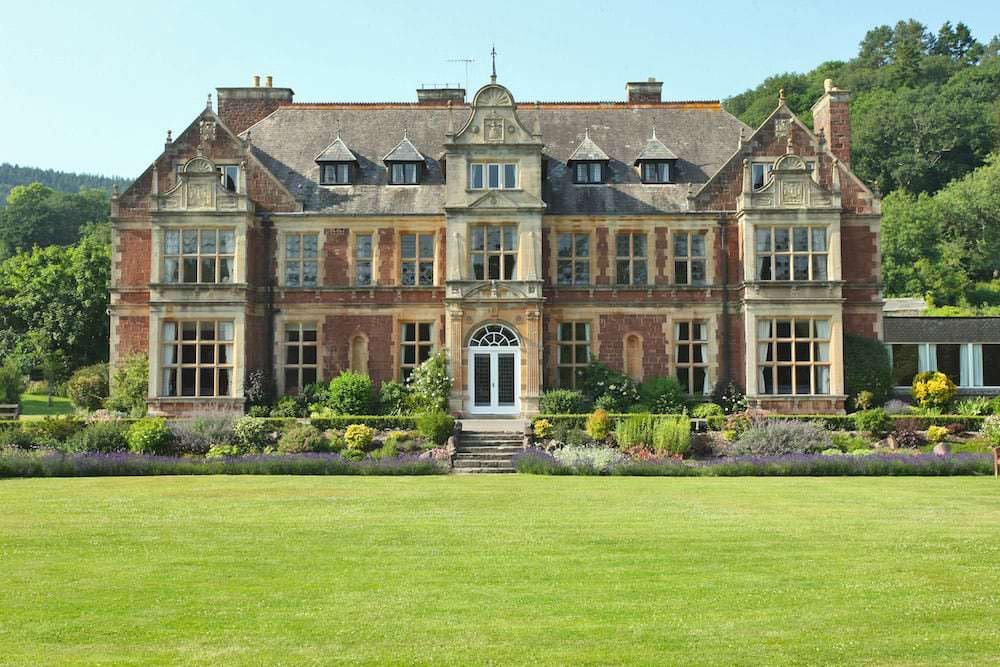
Learn more

